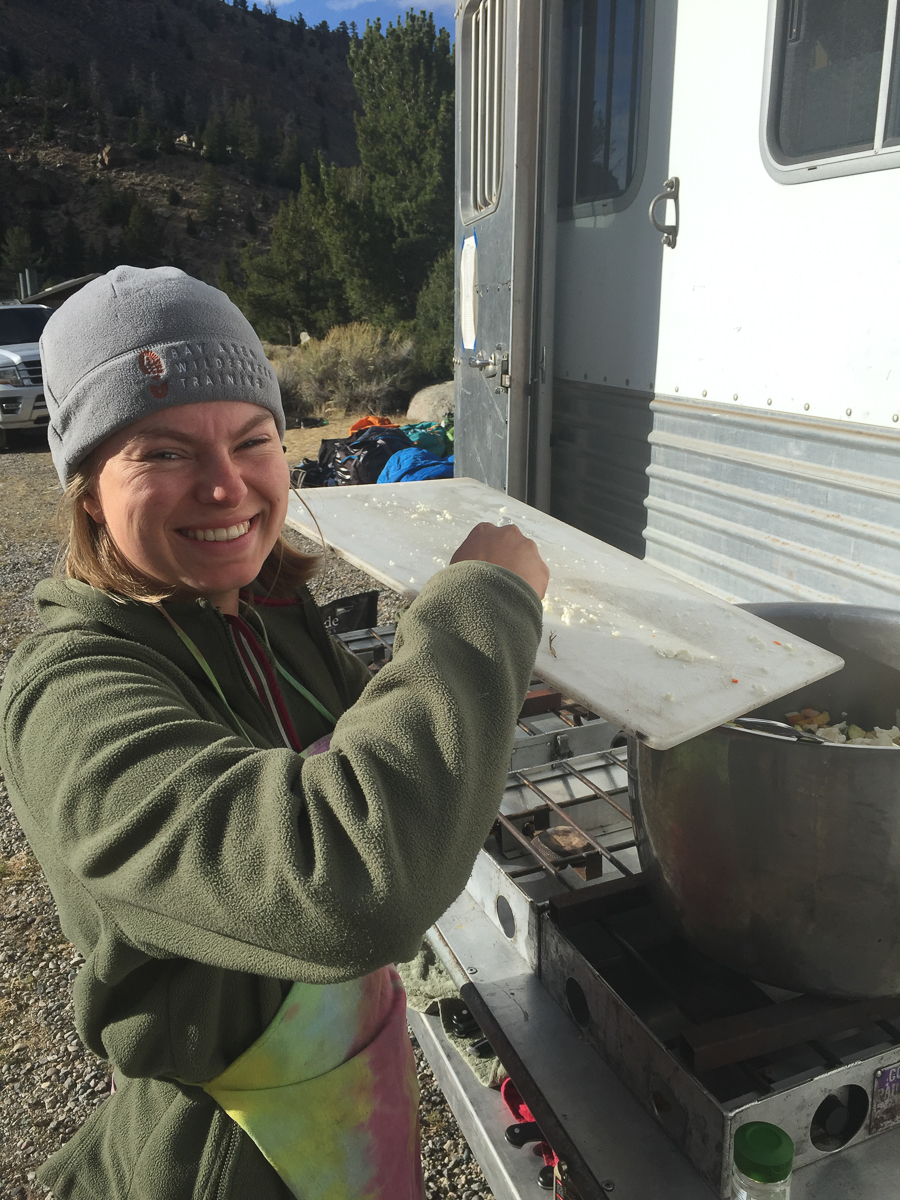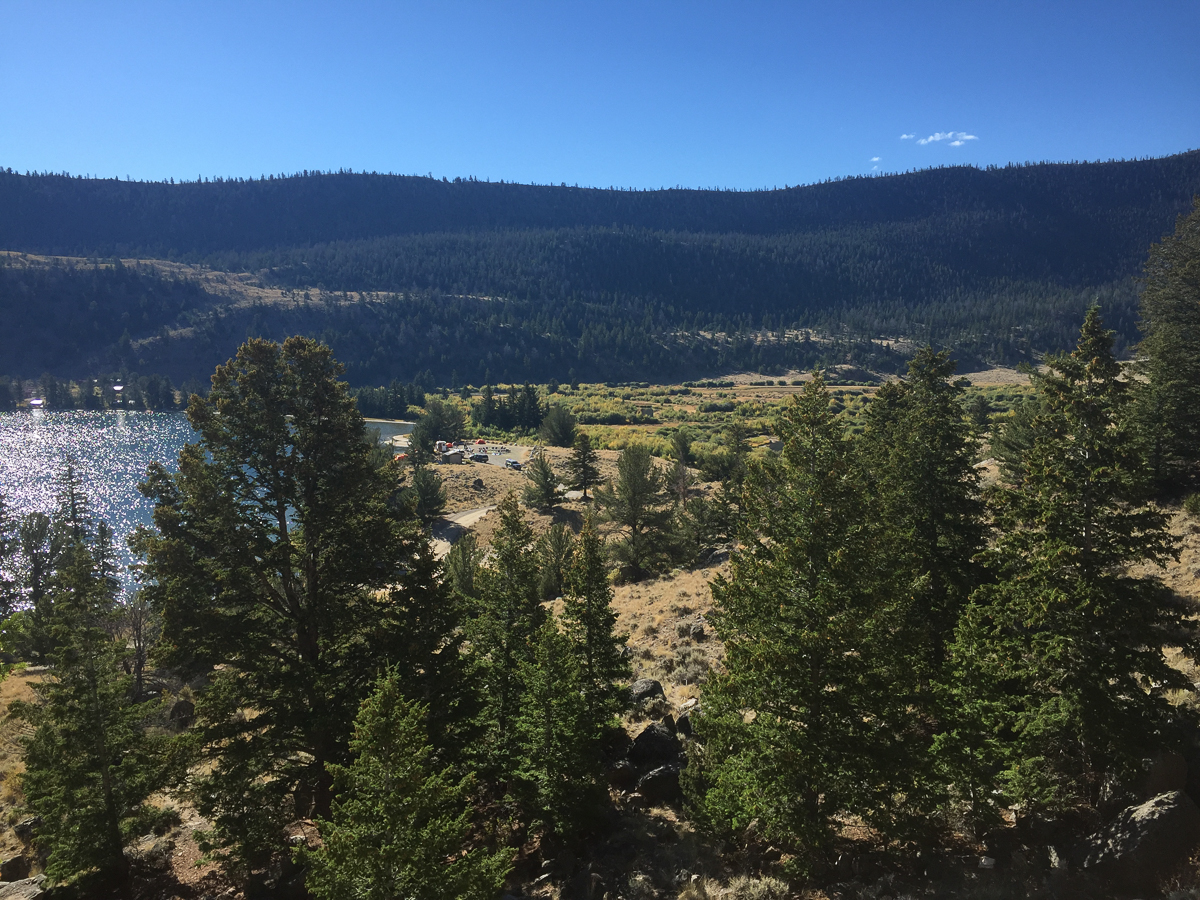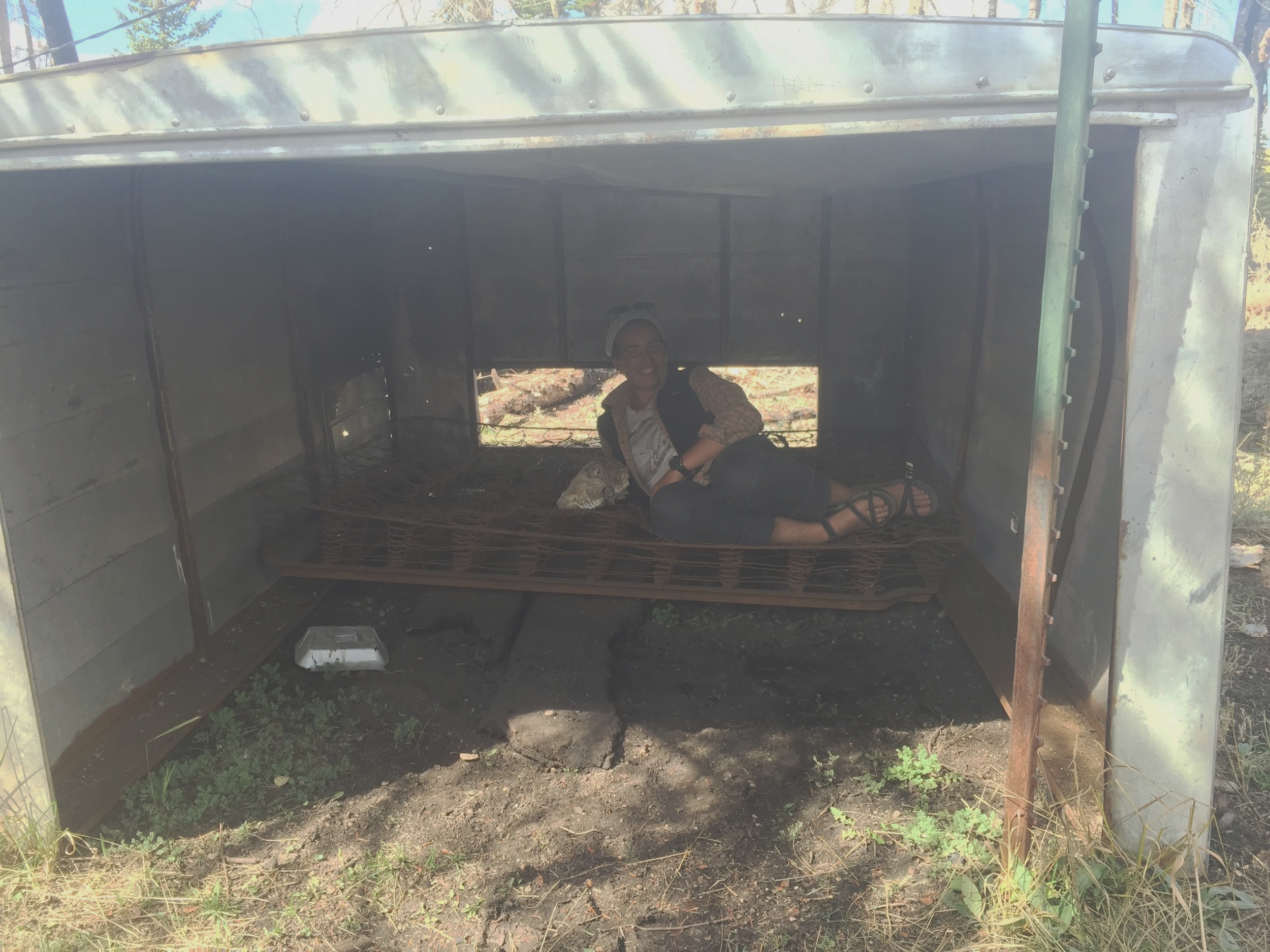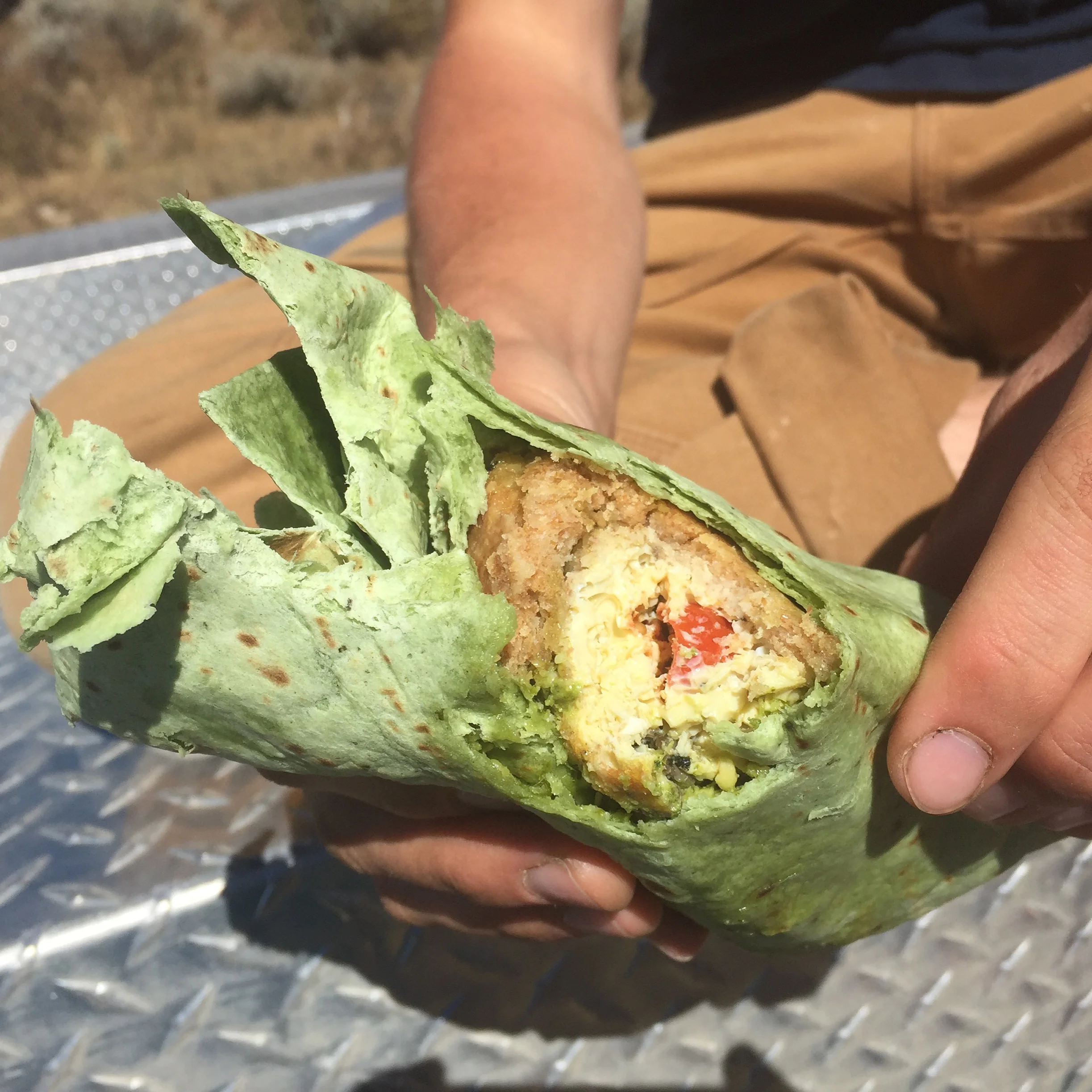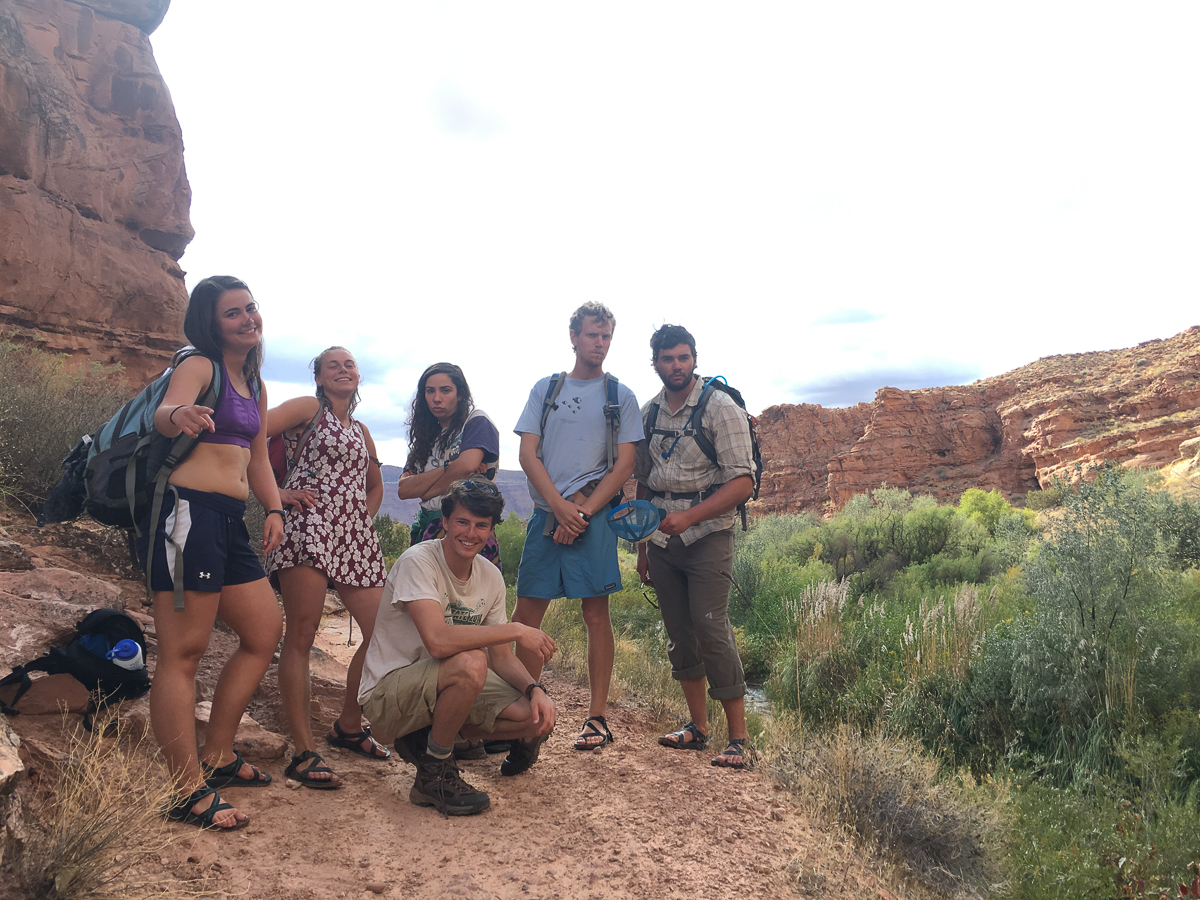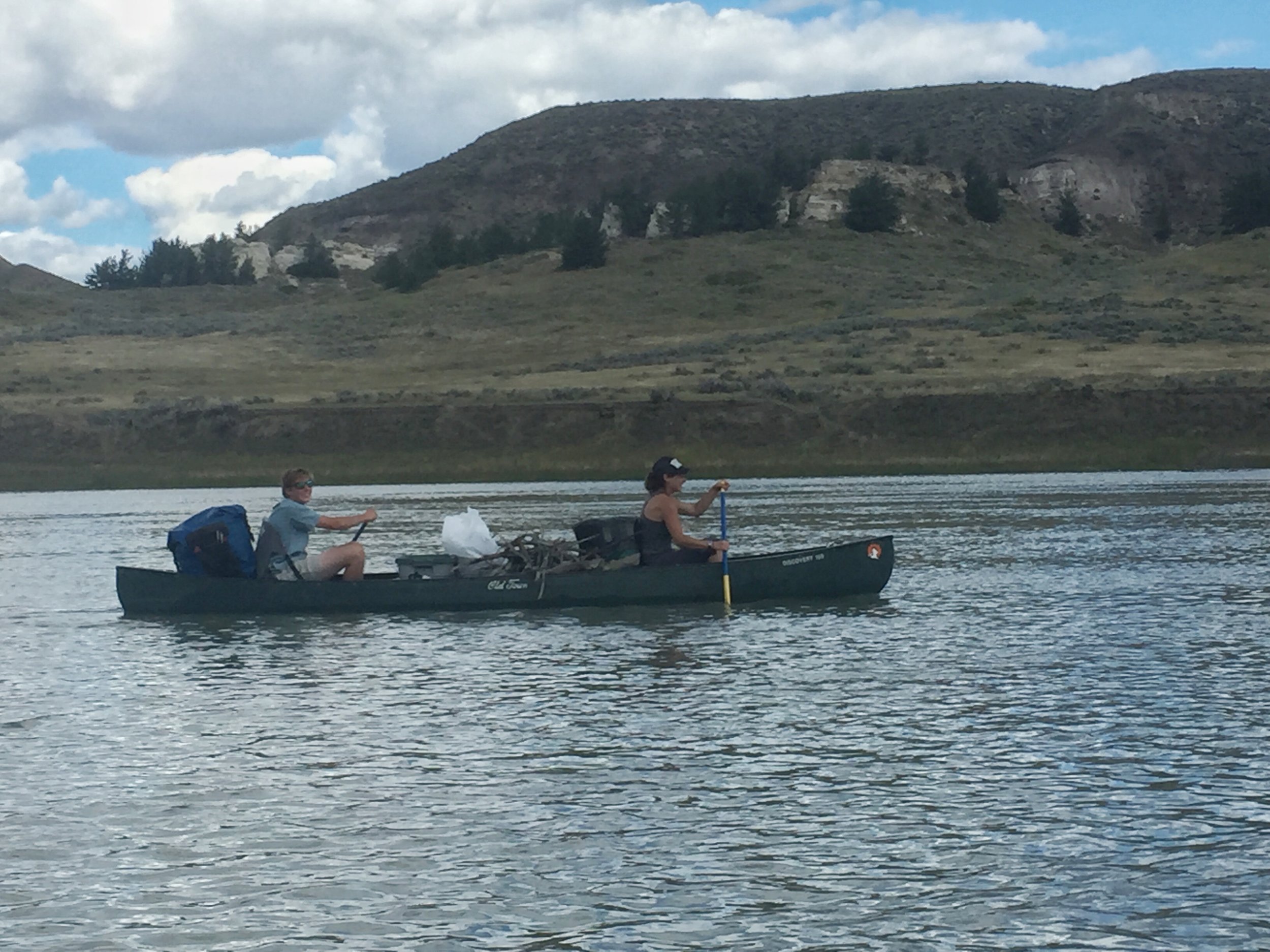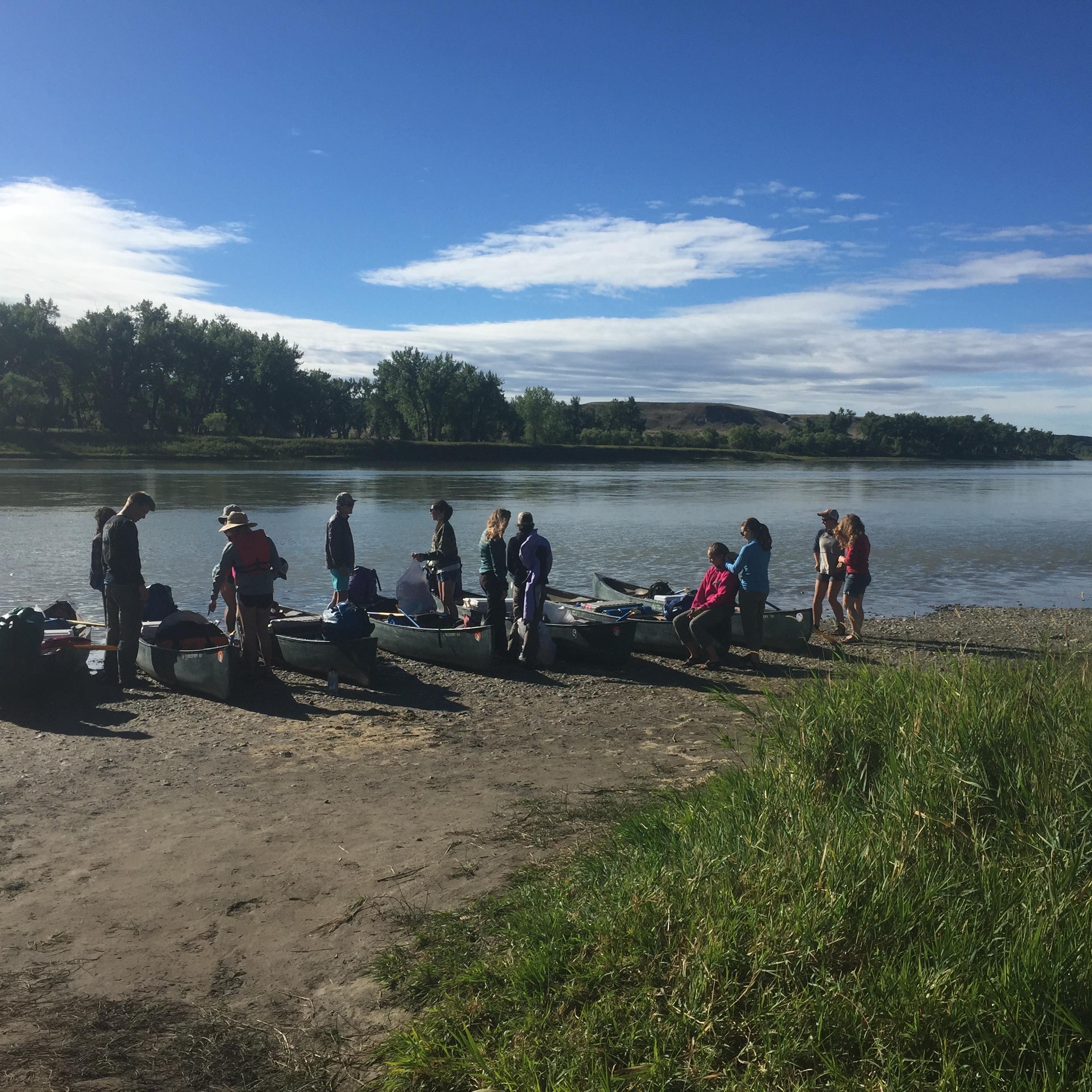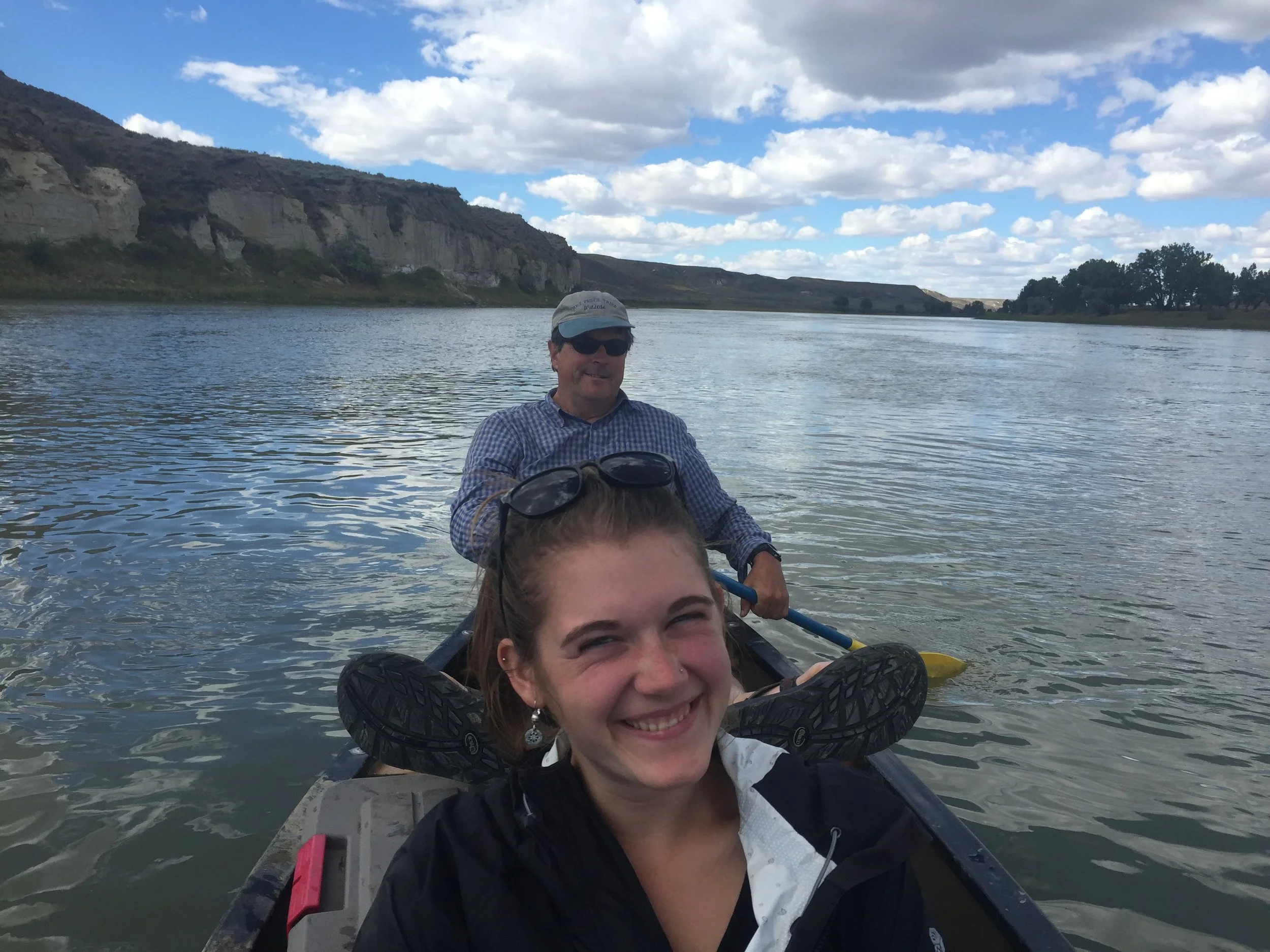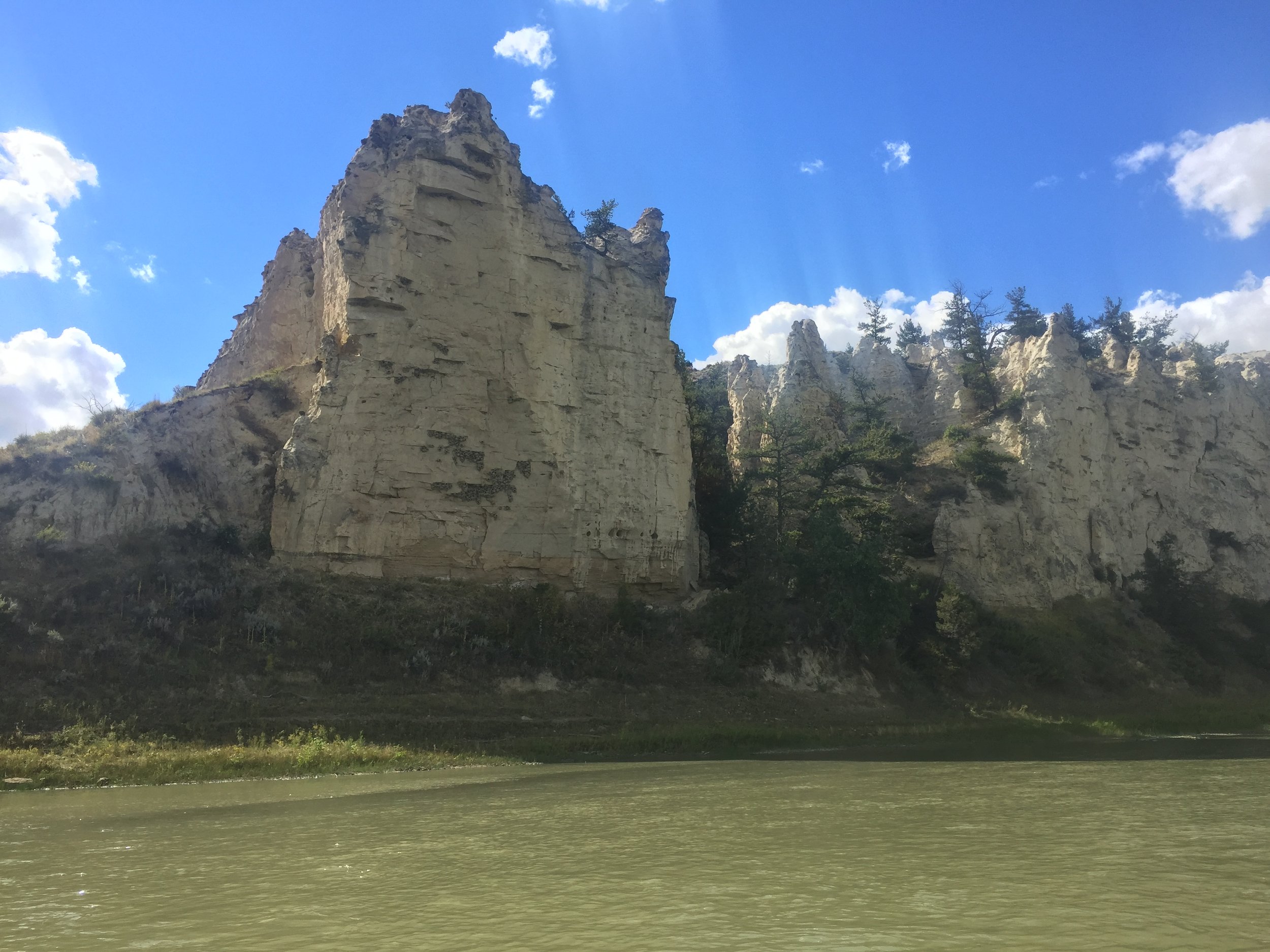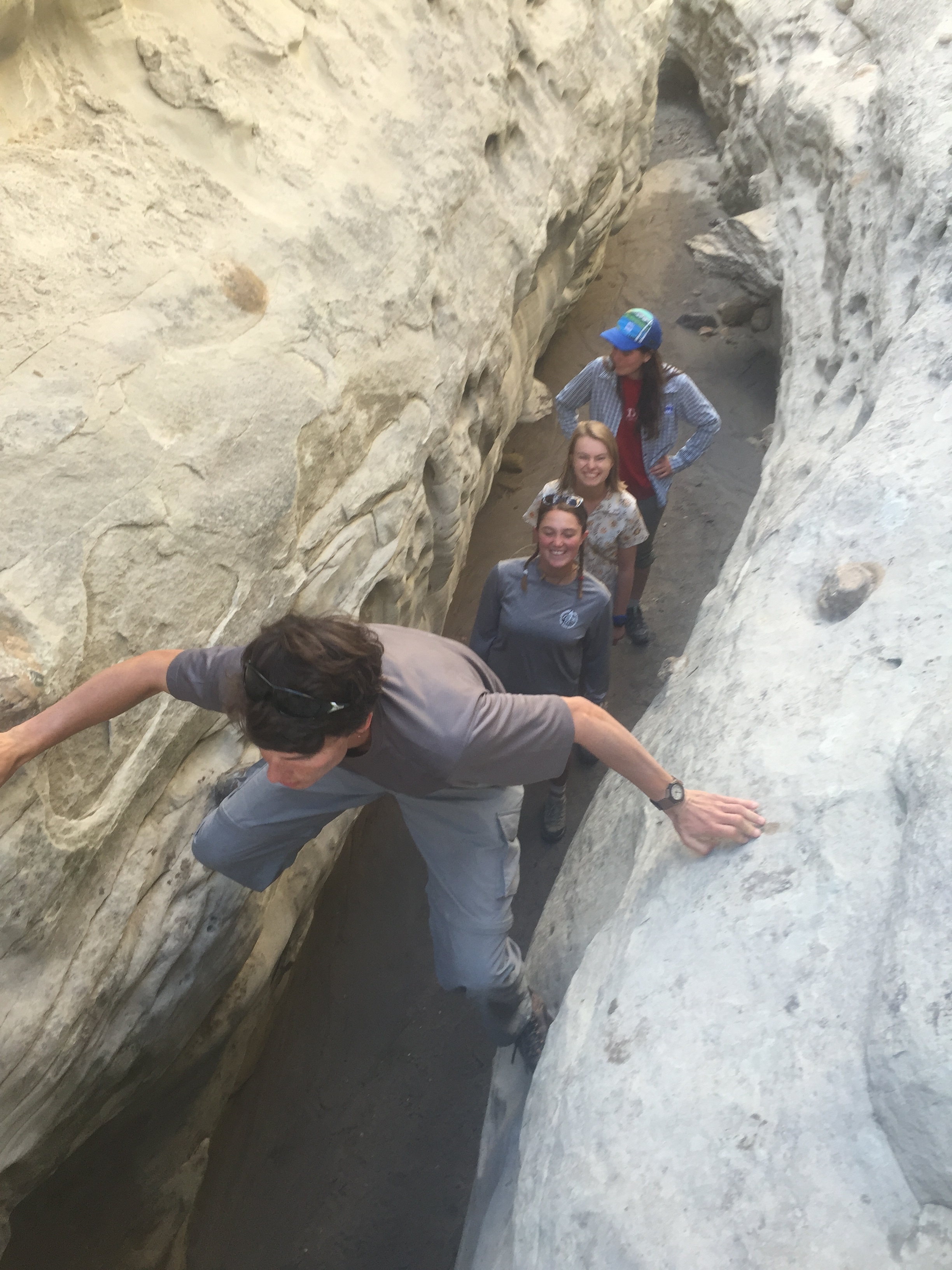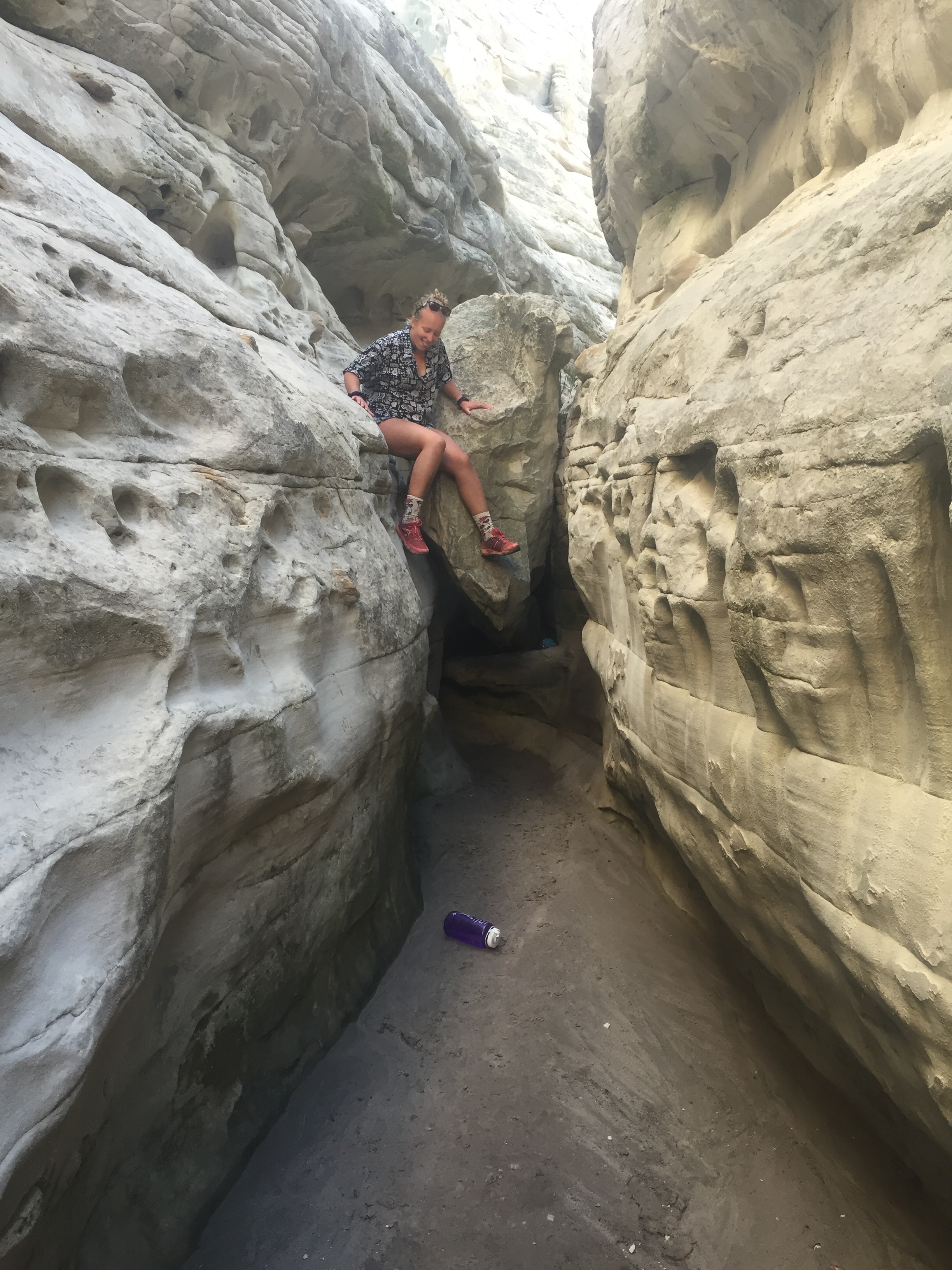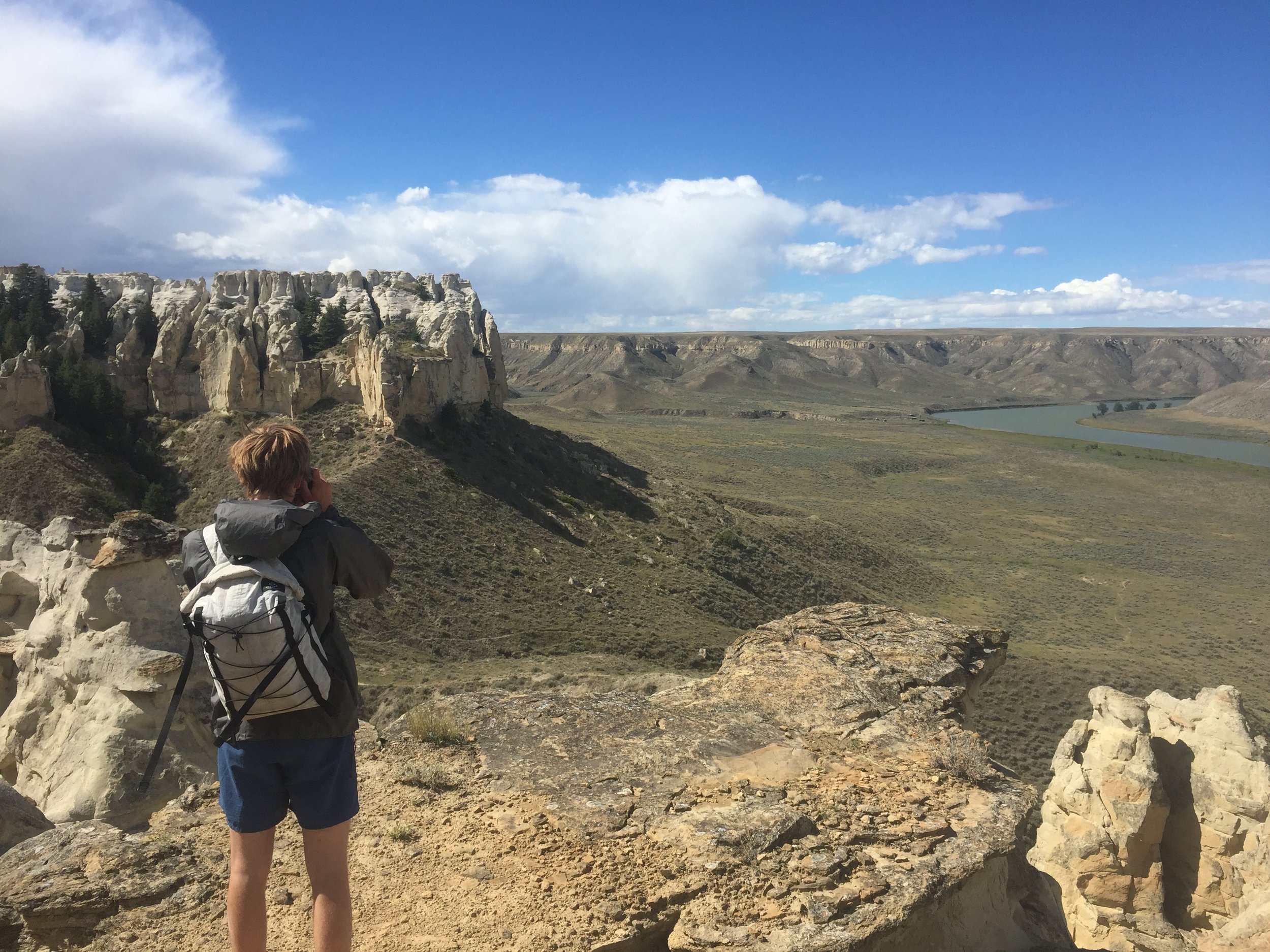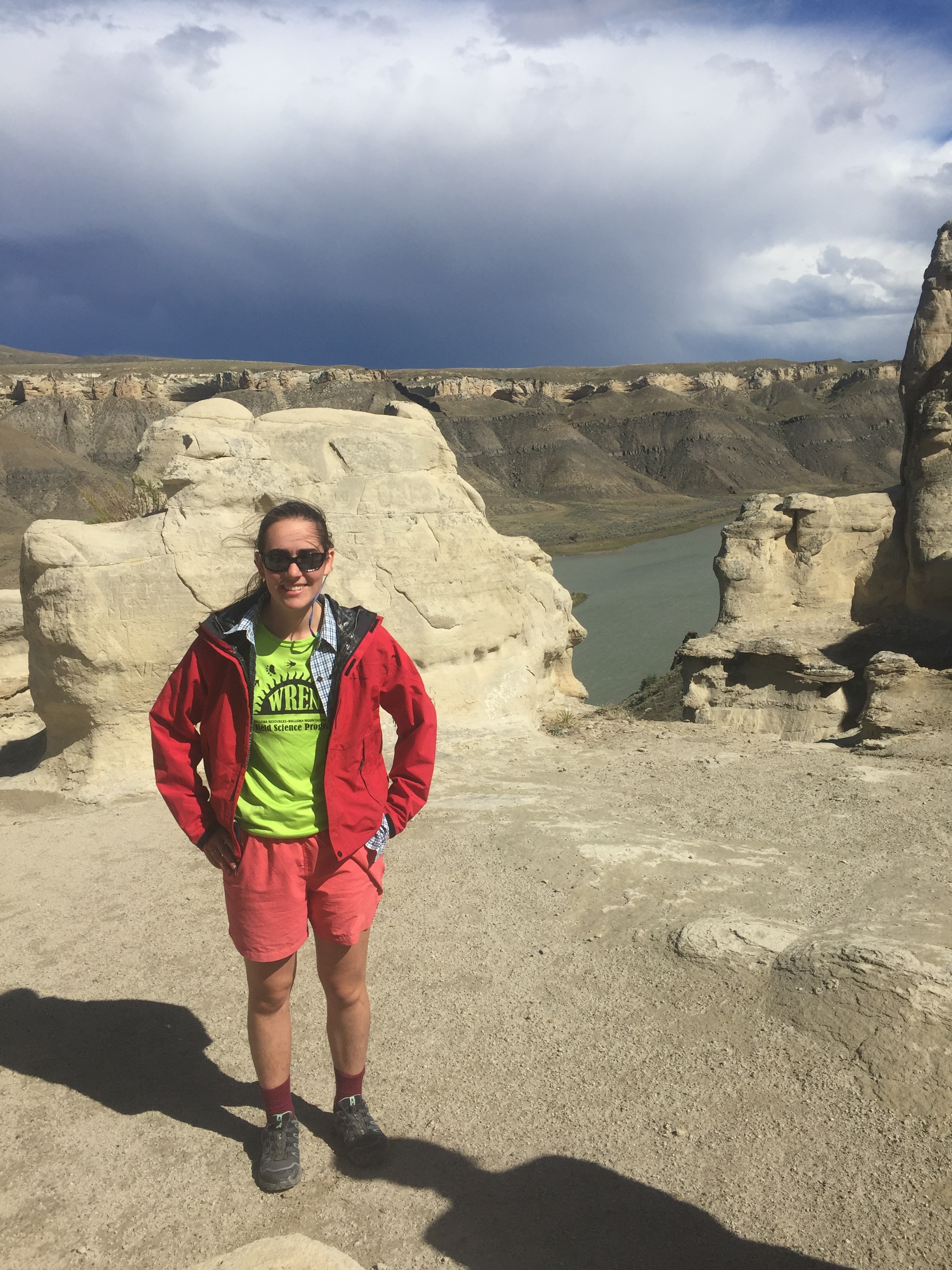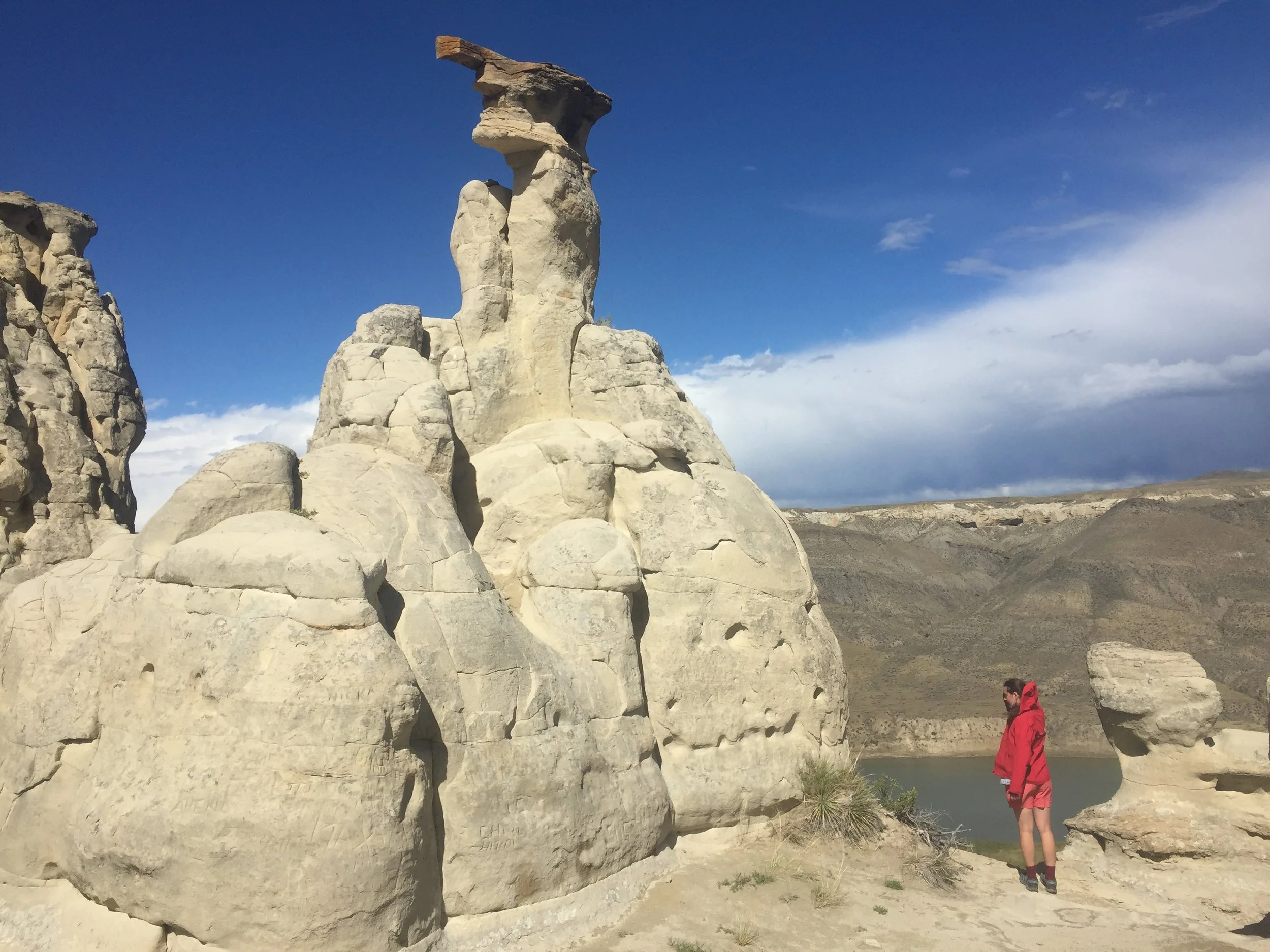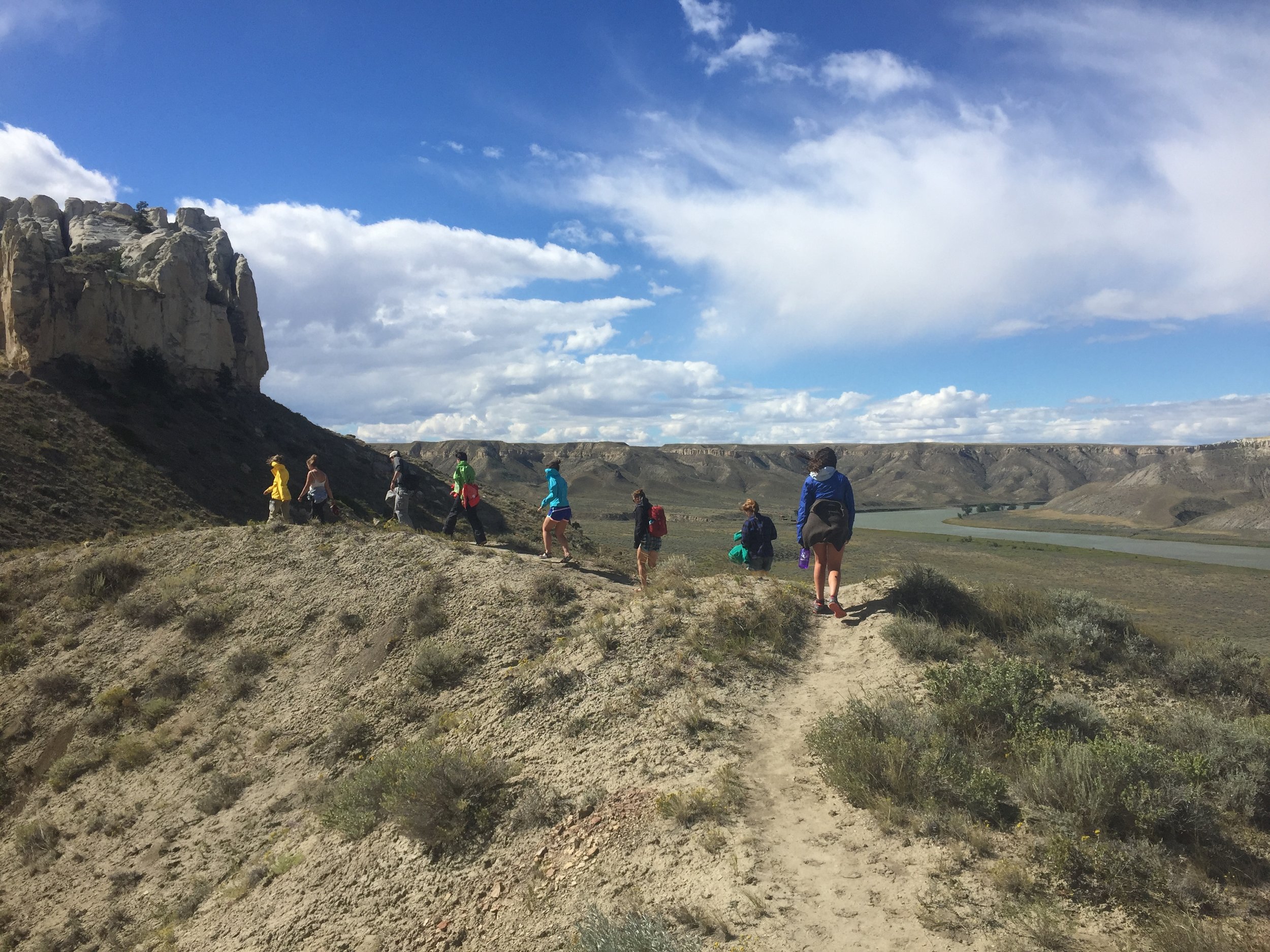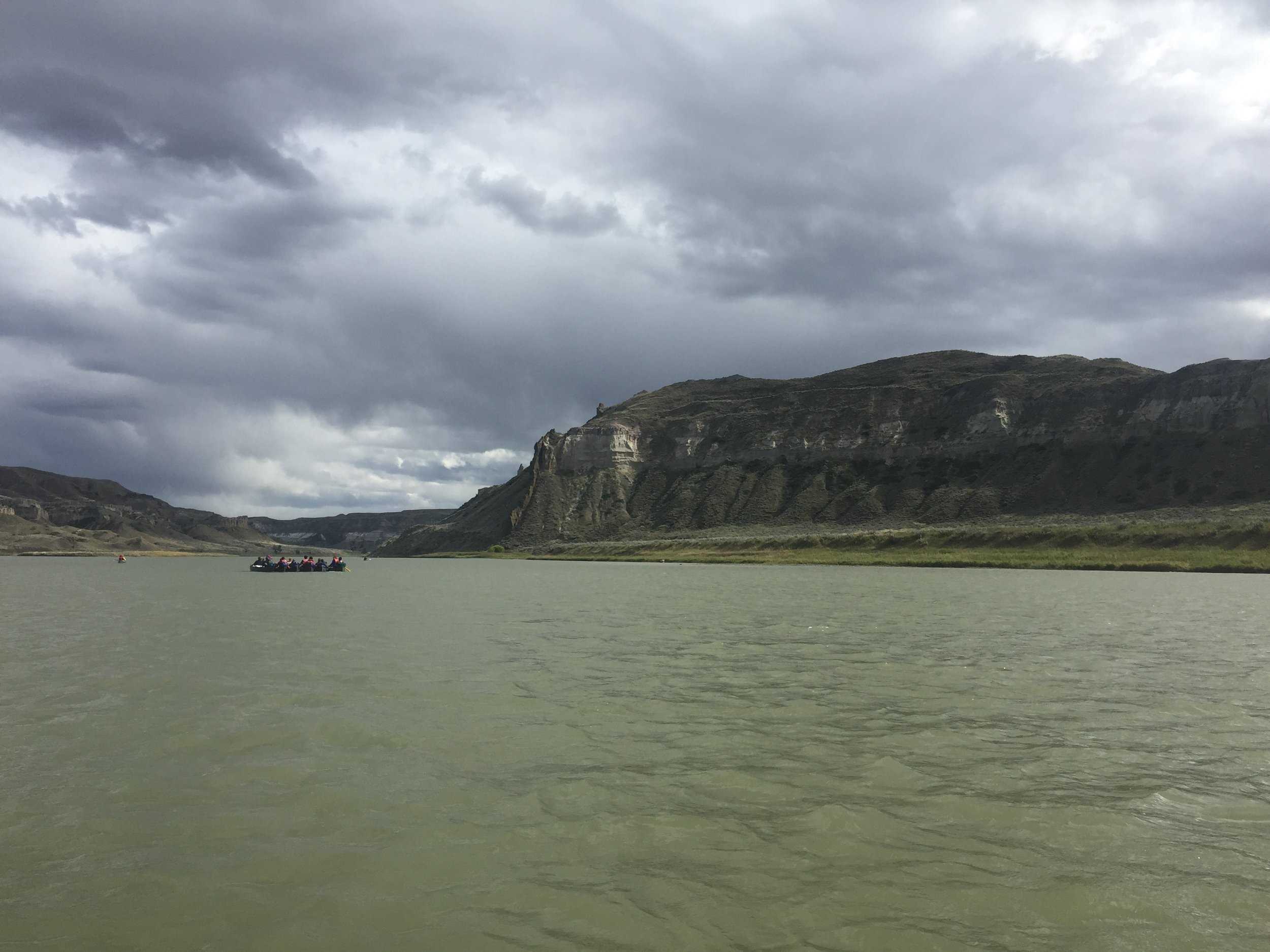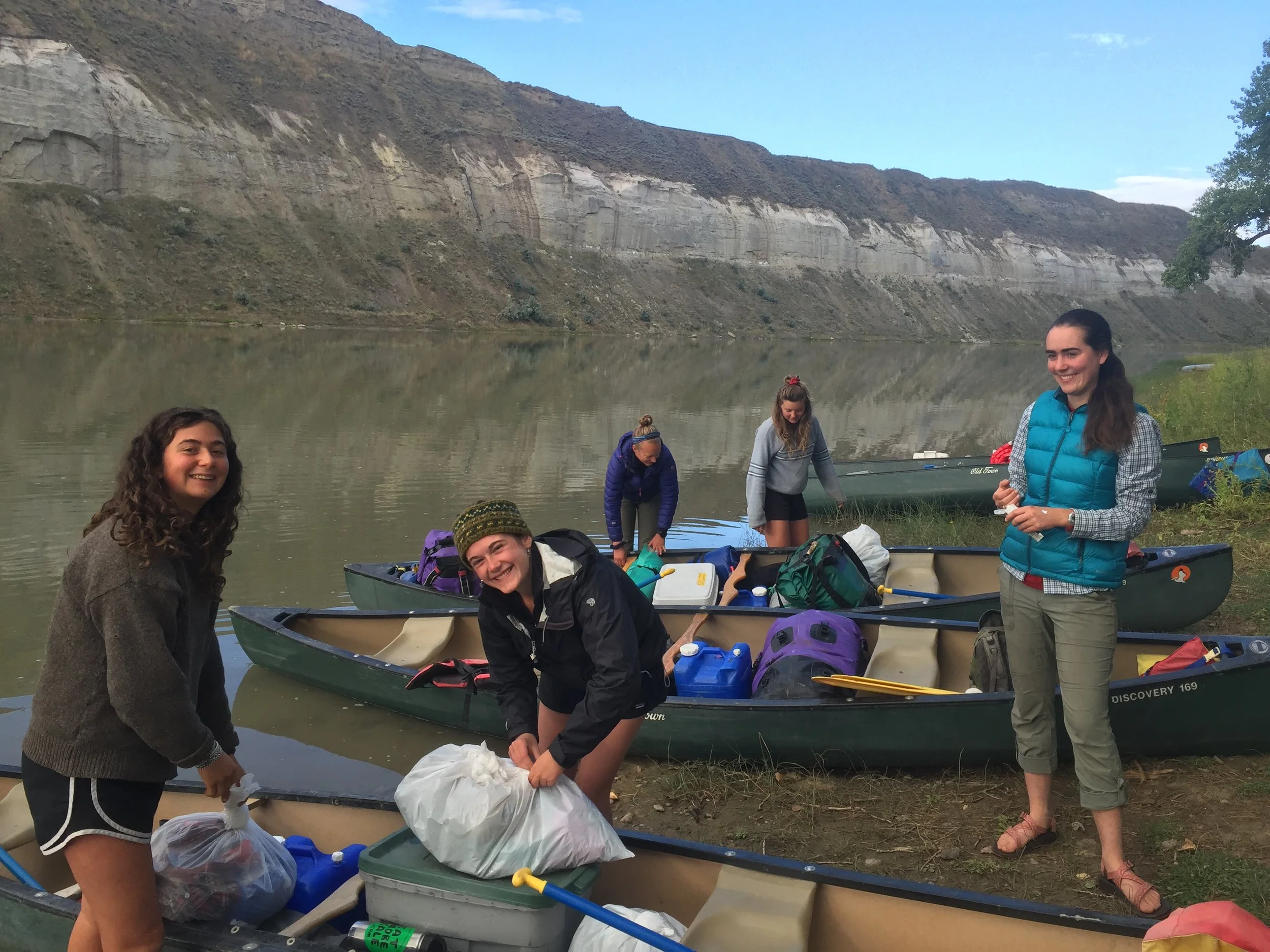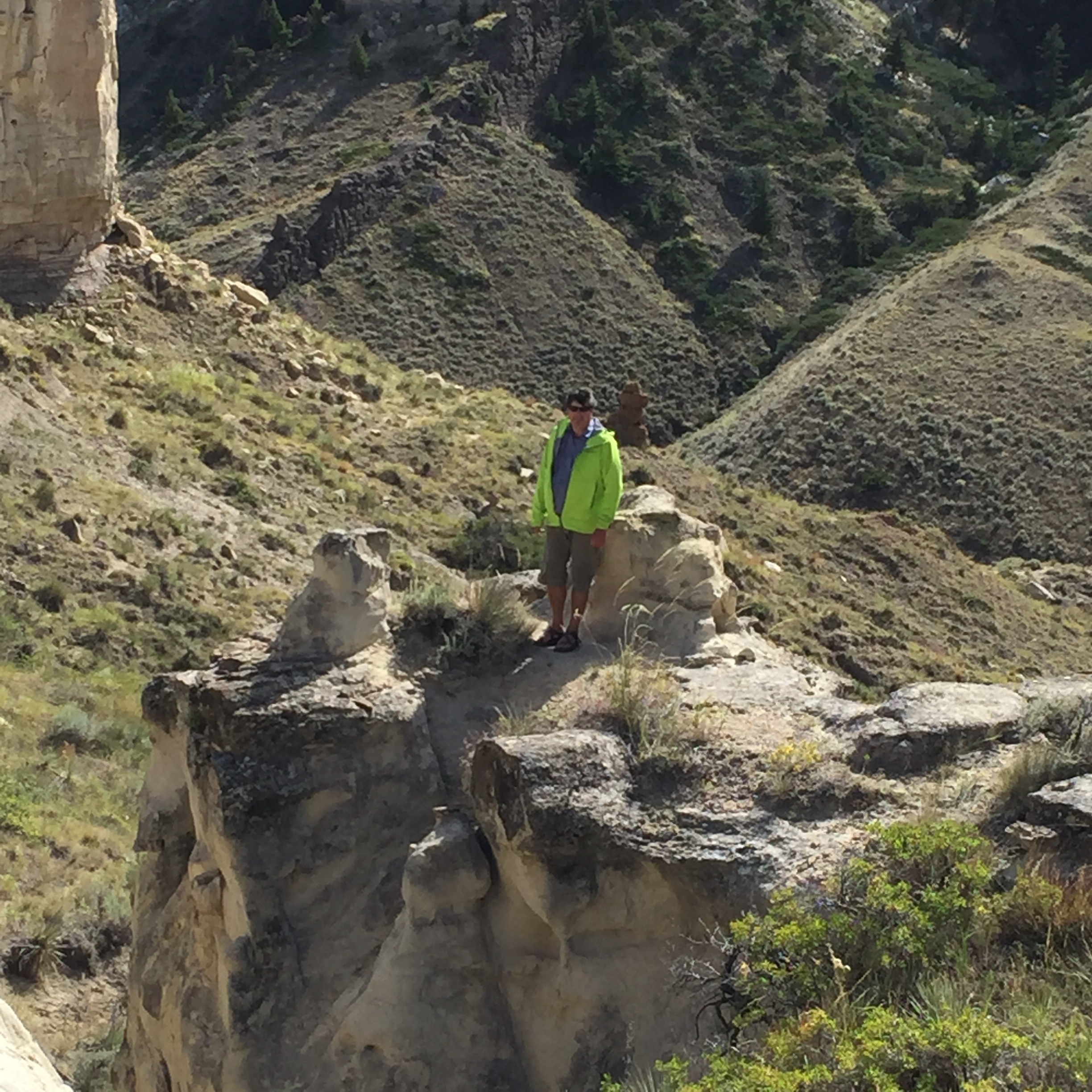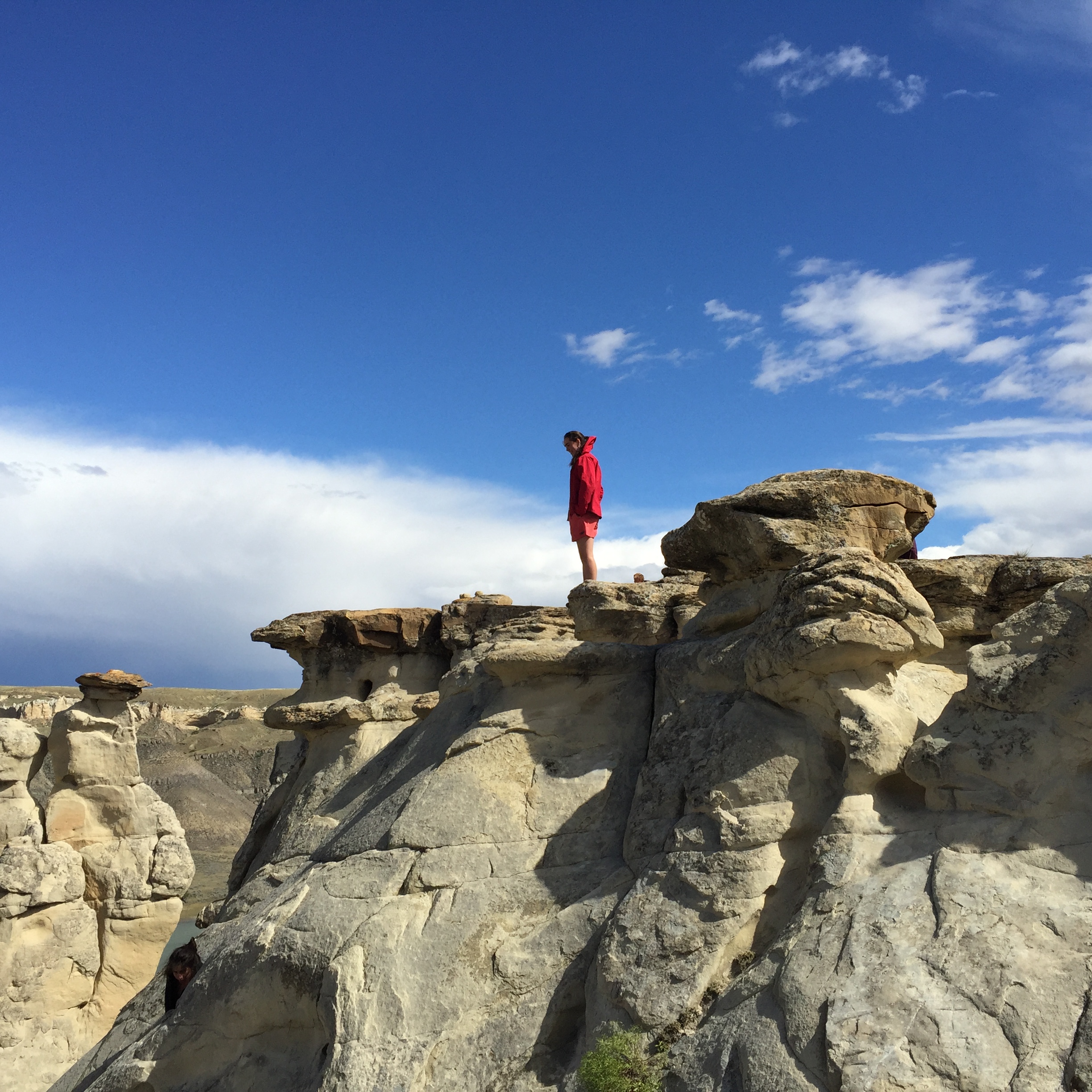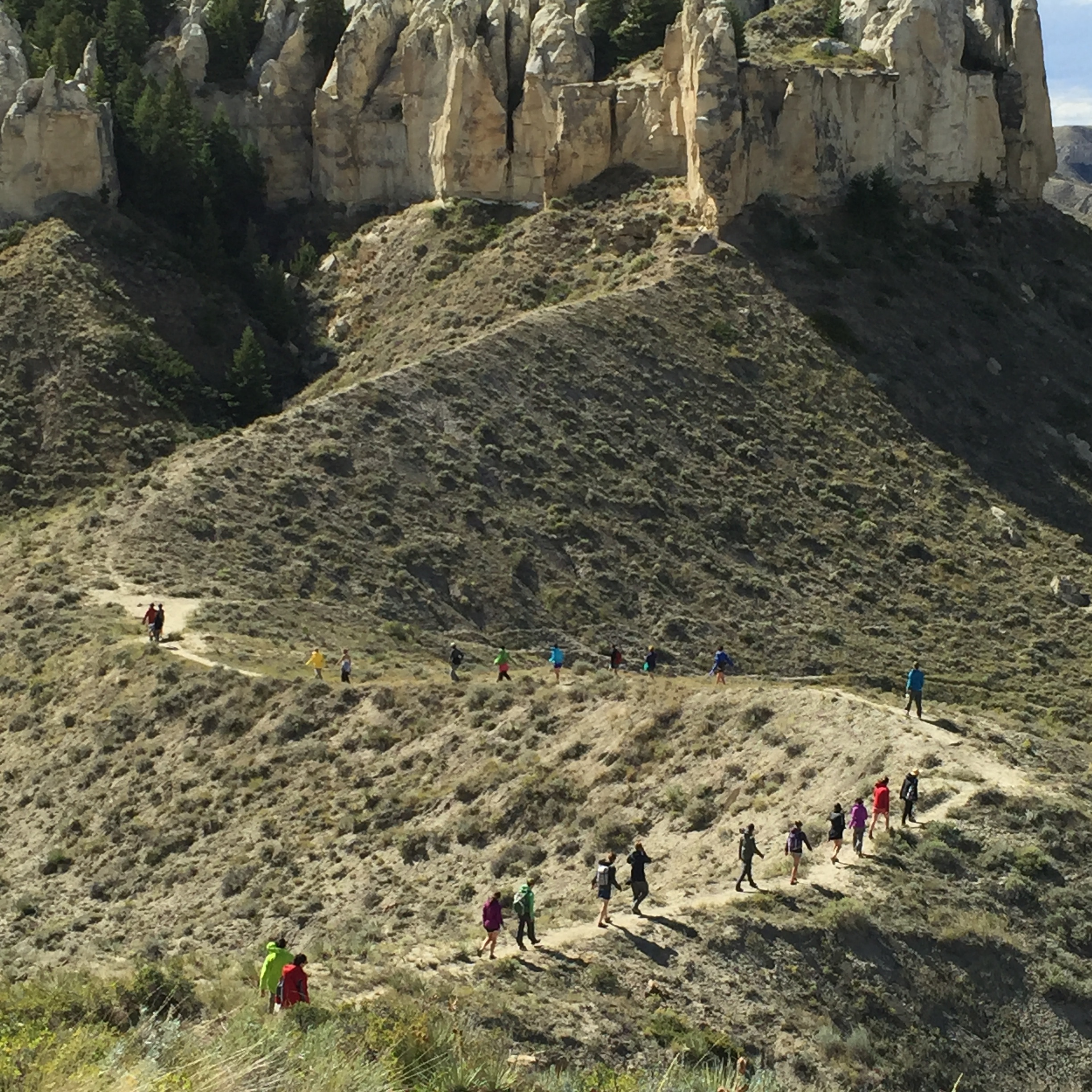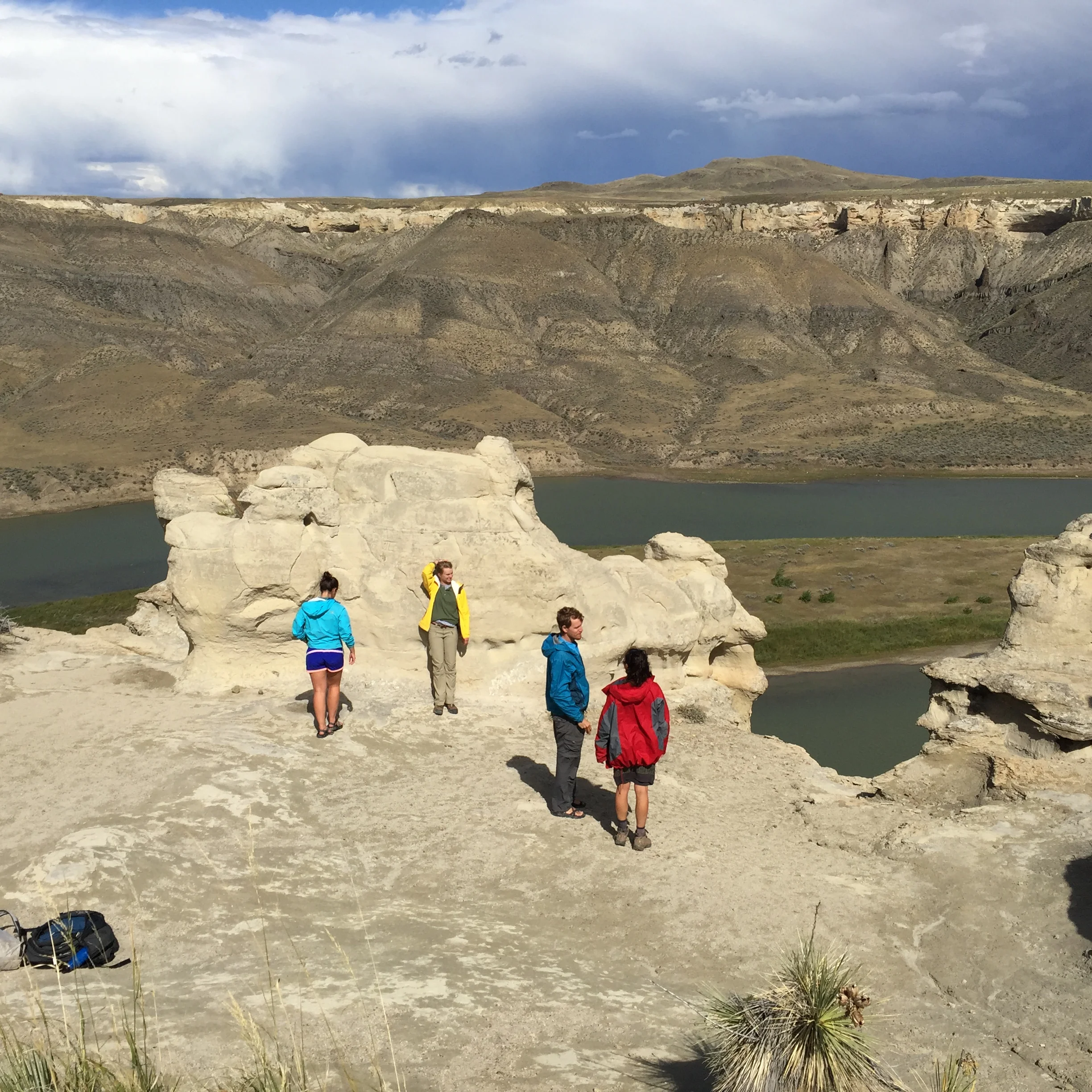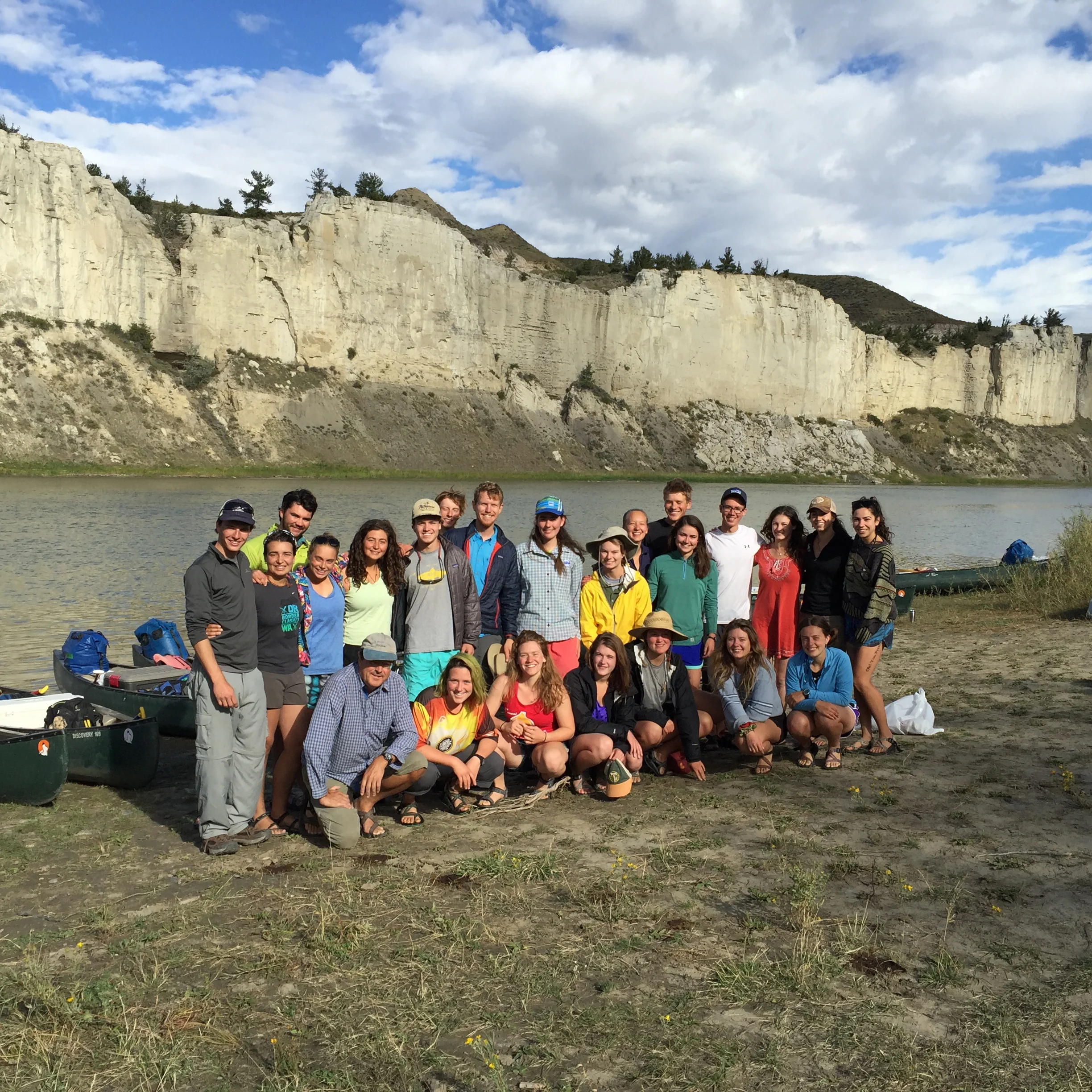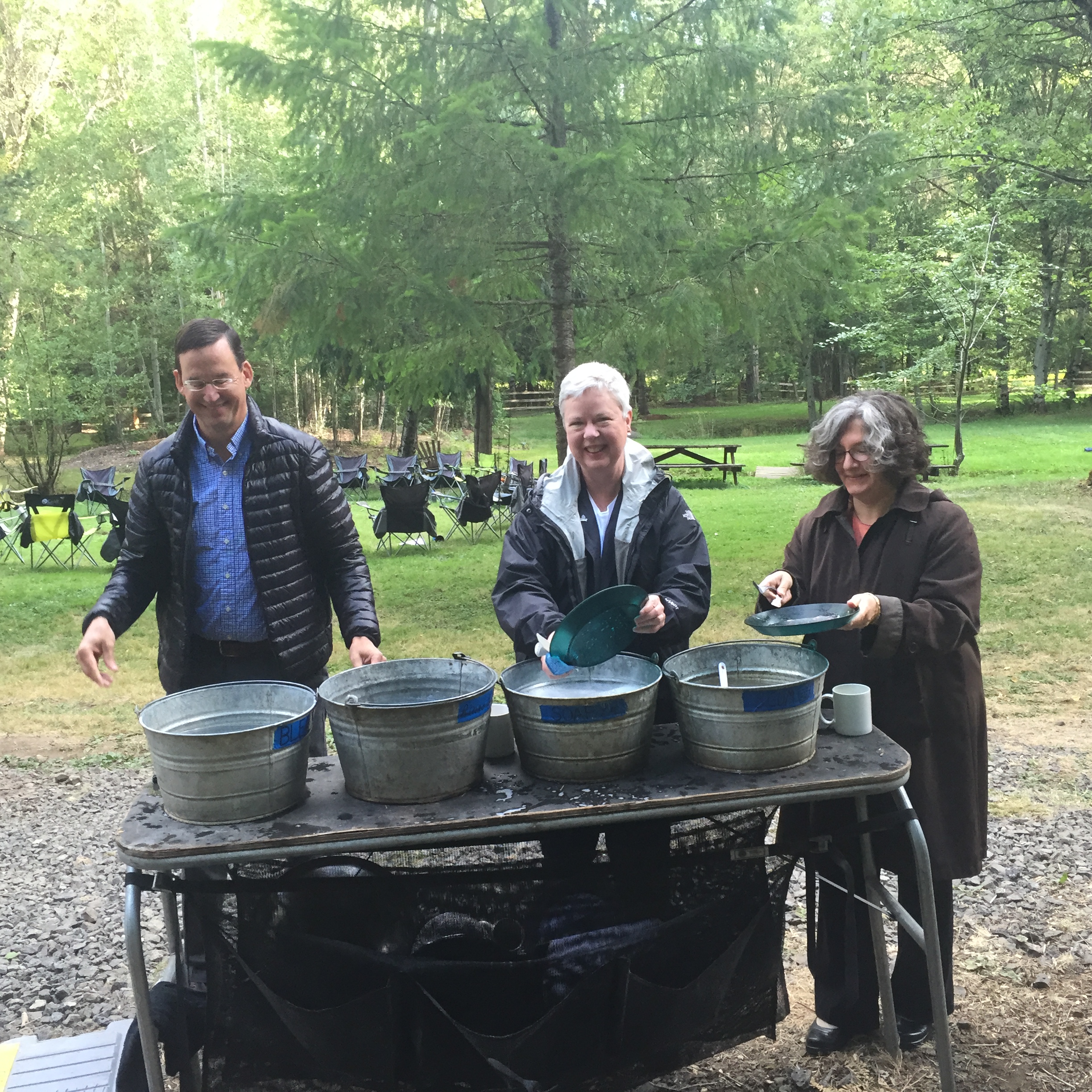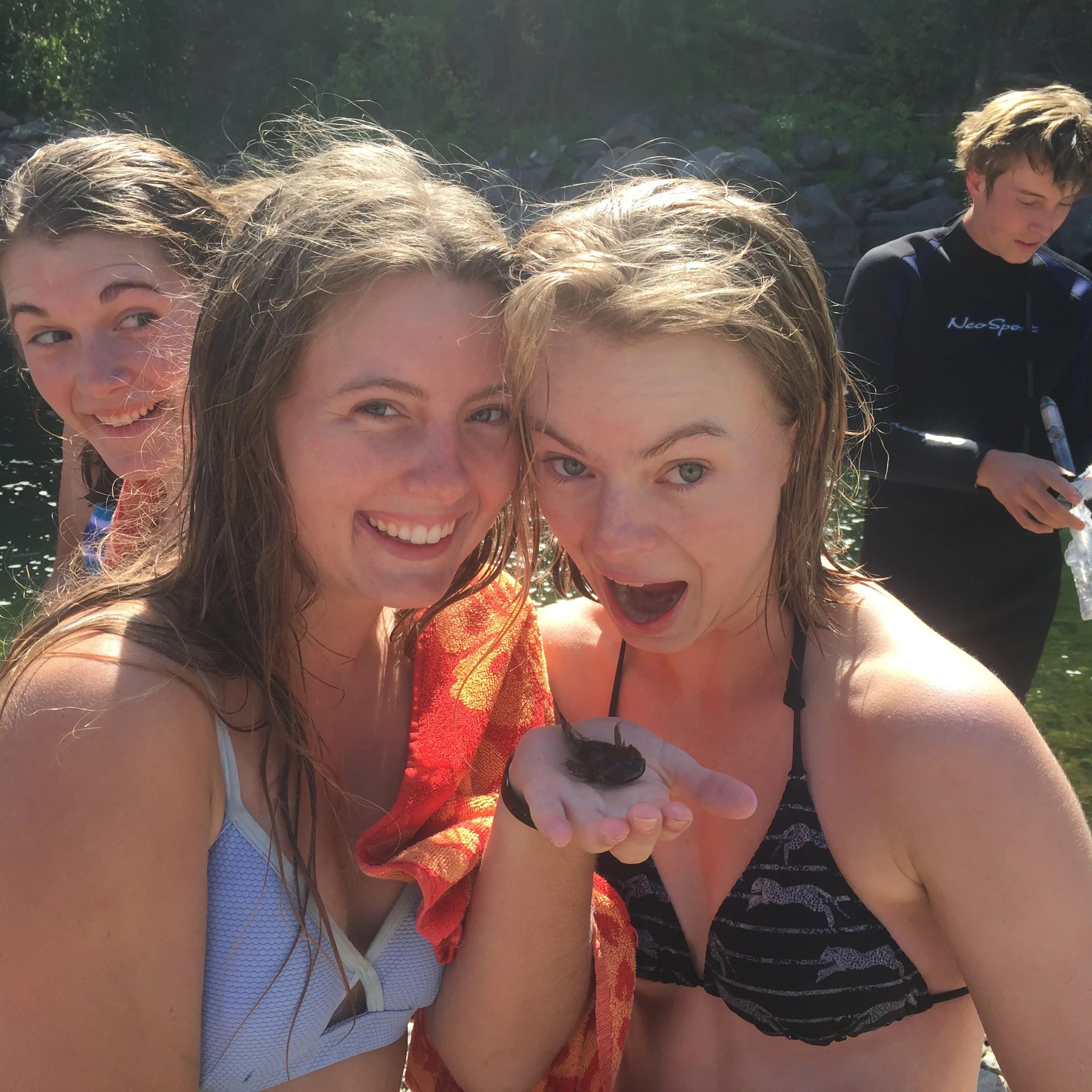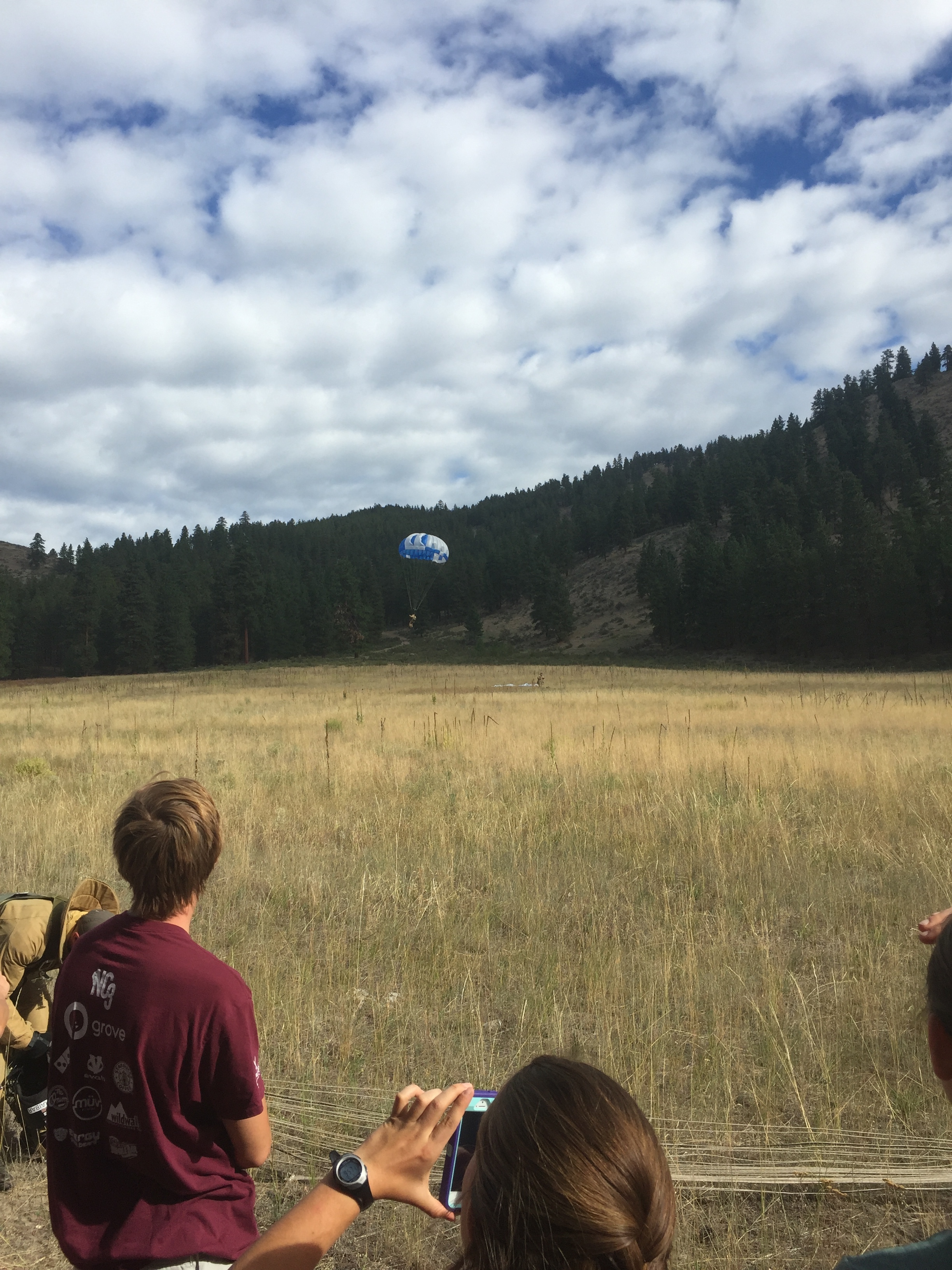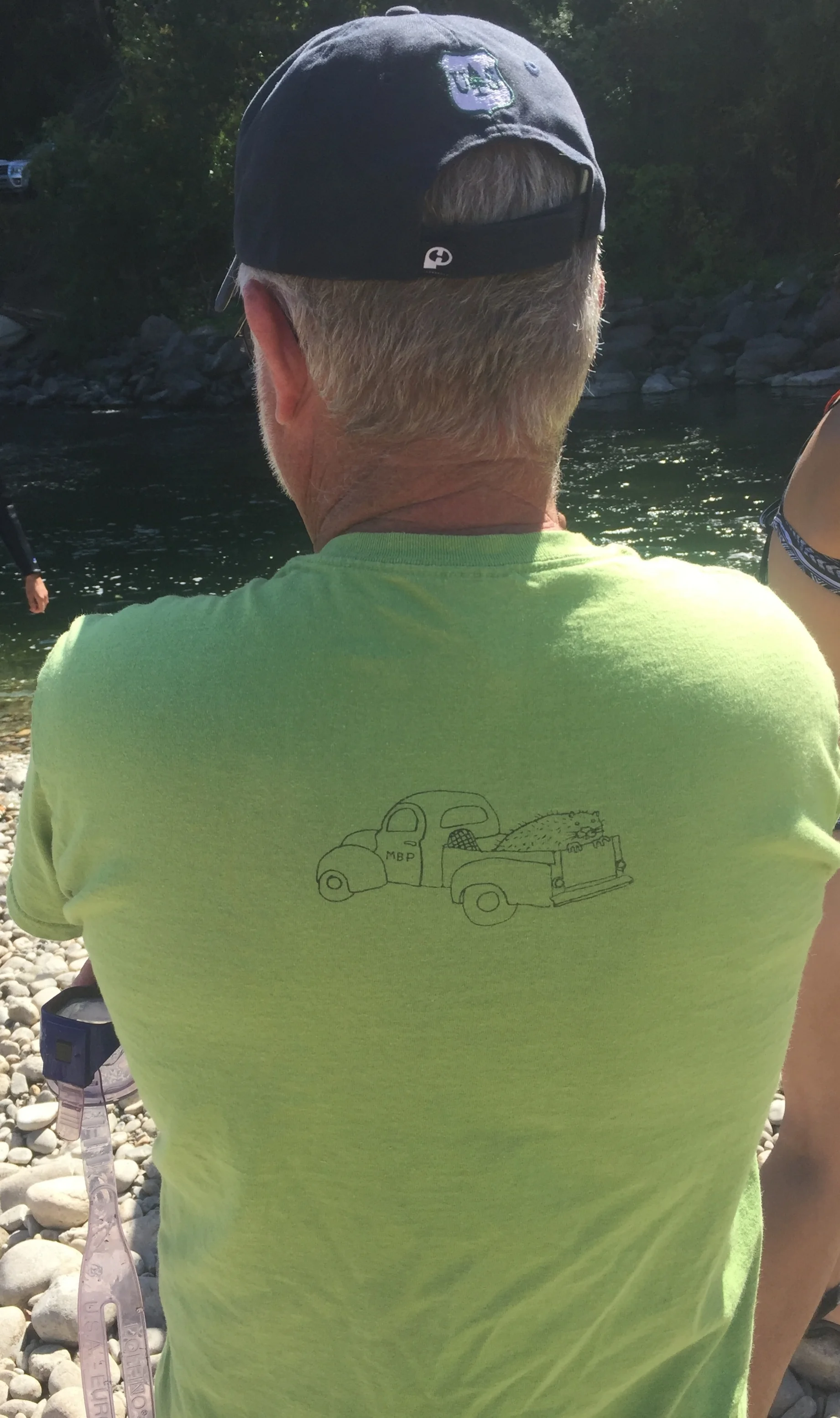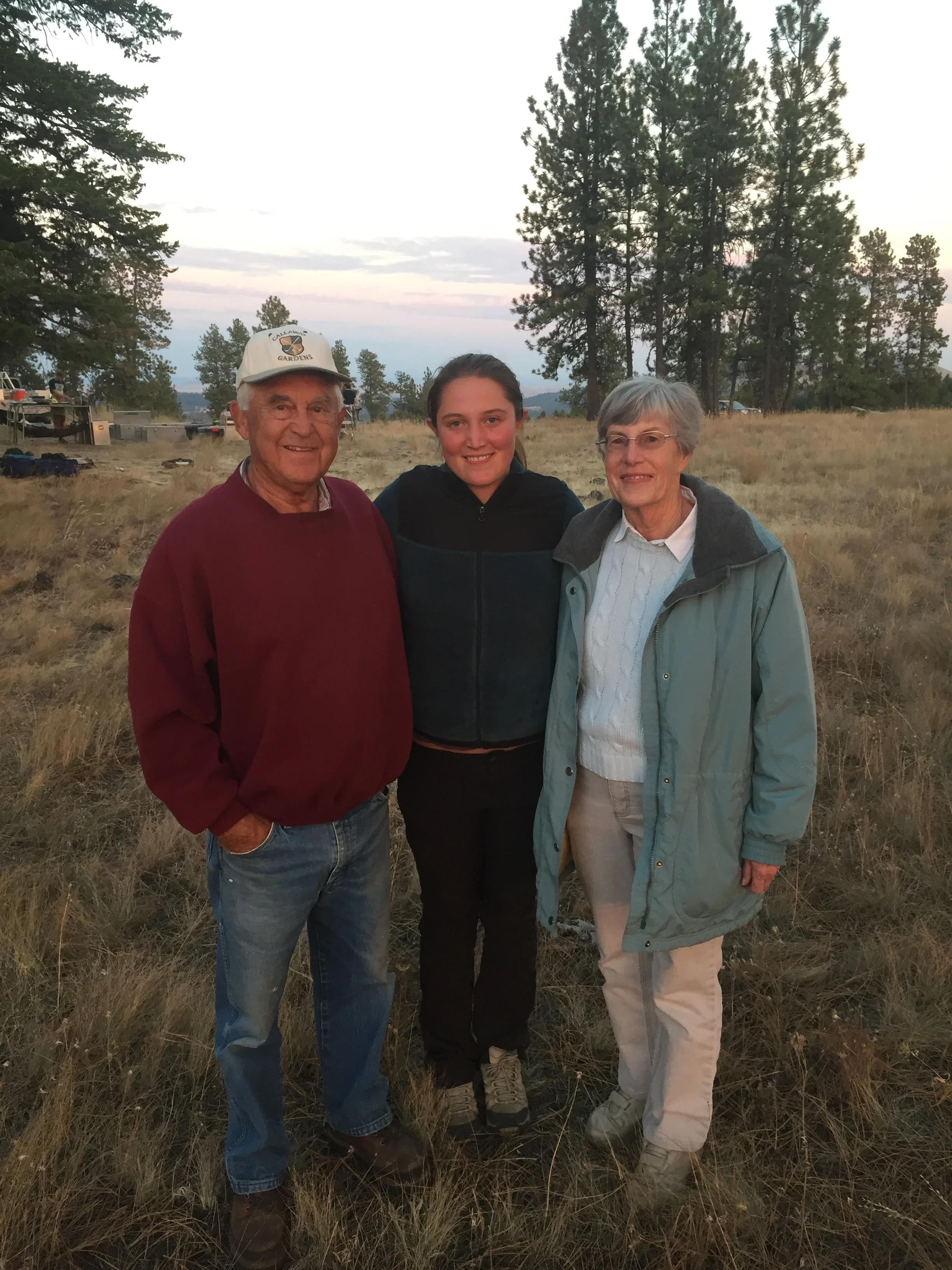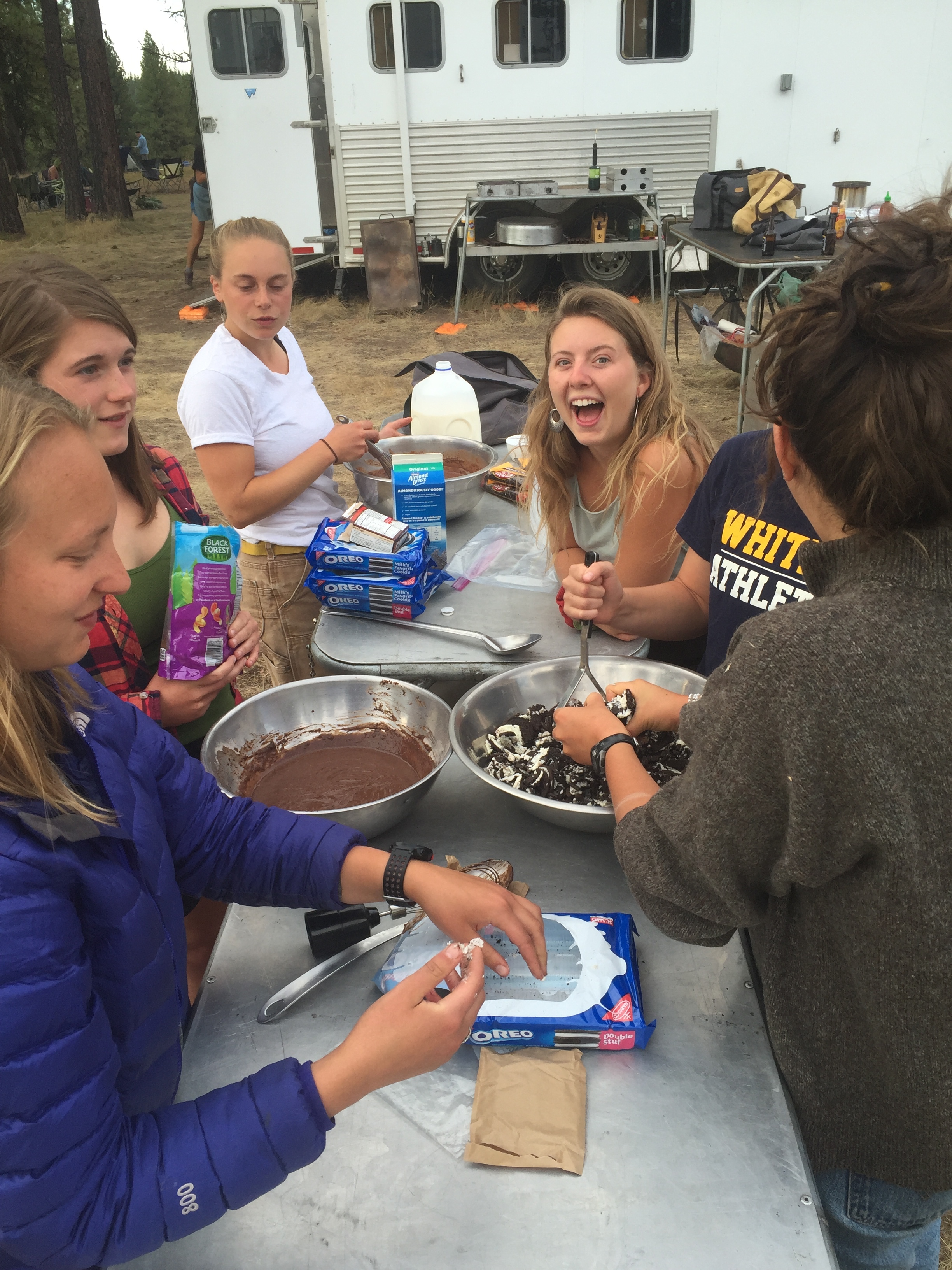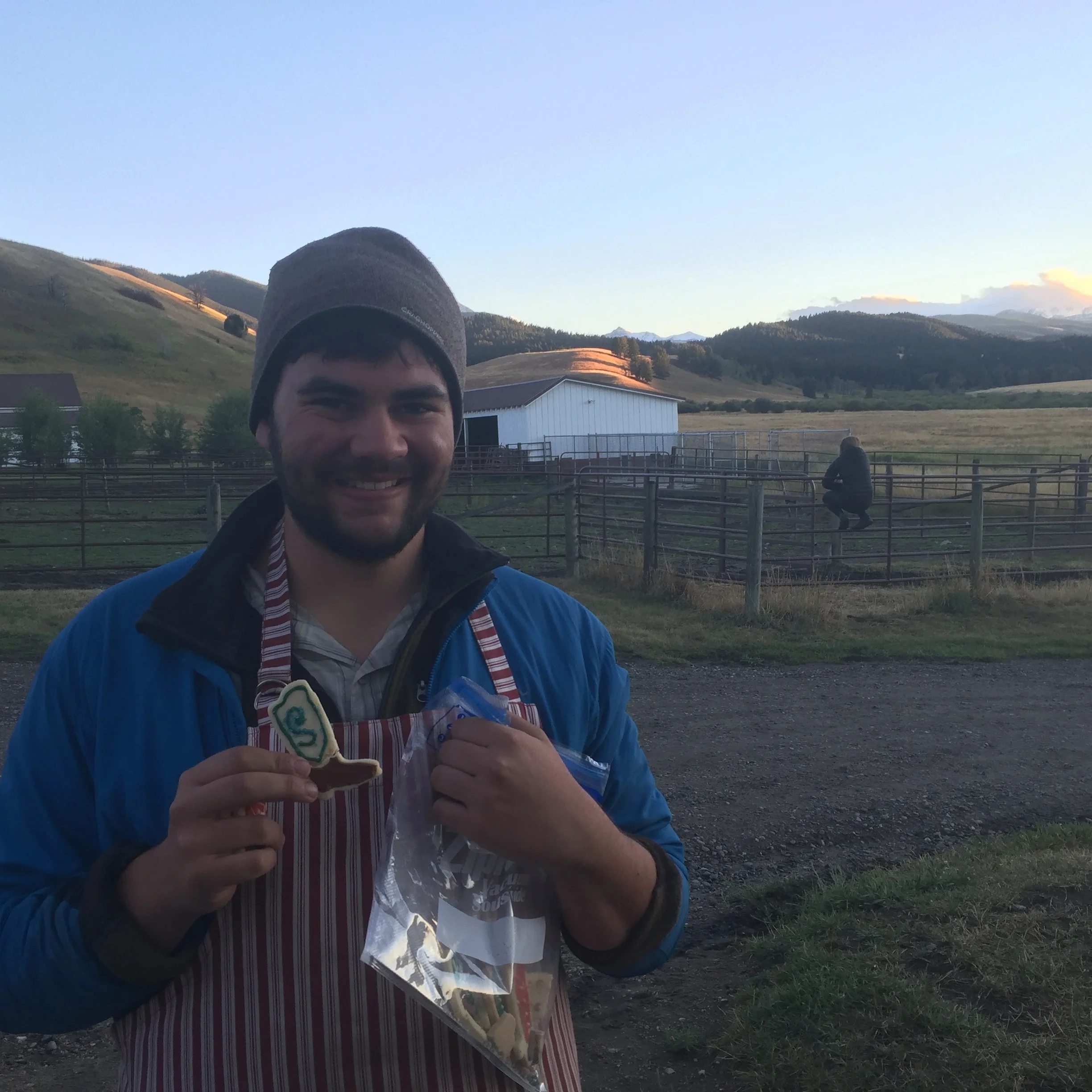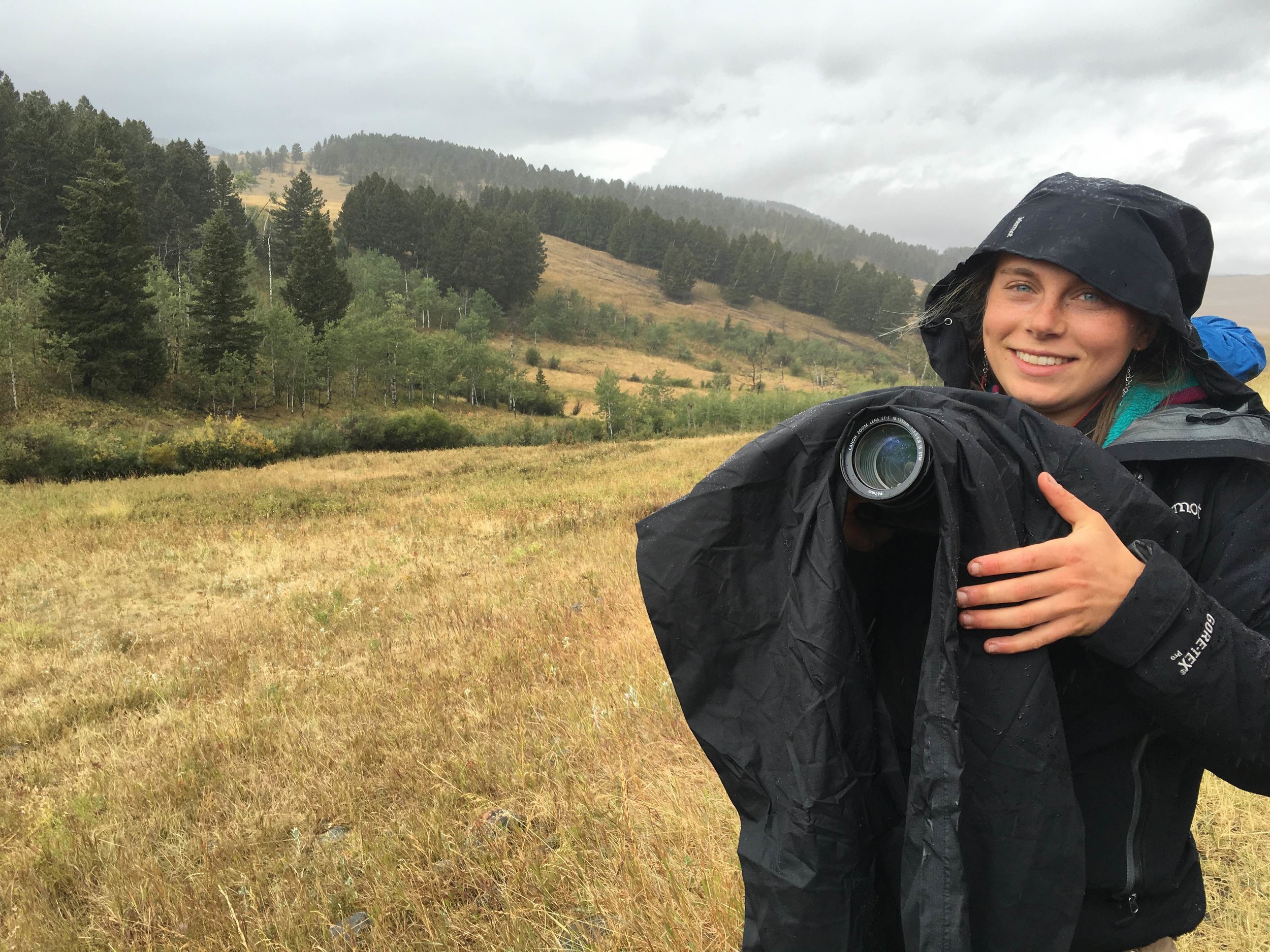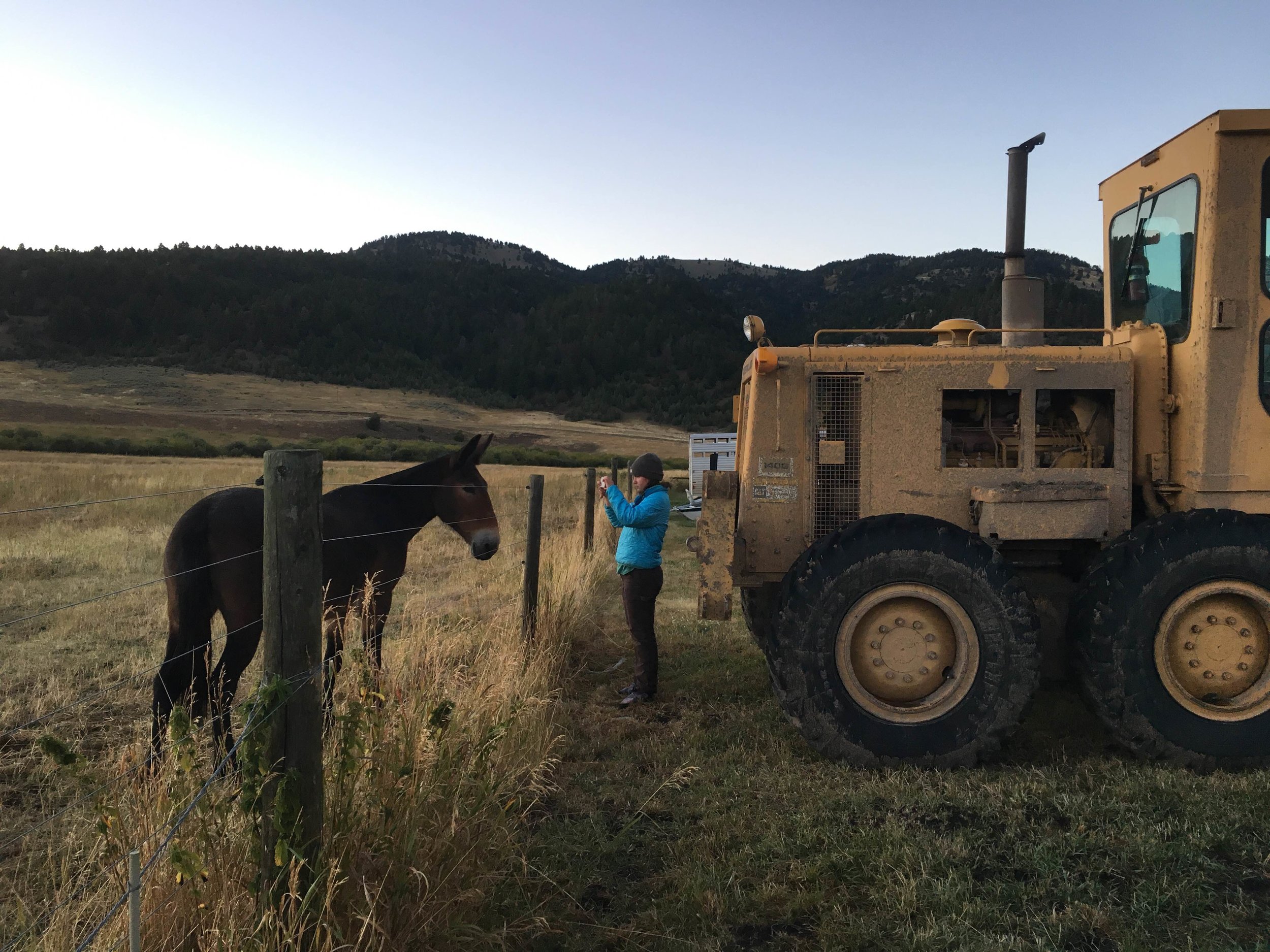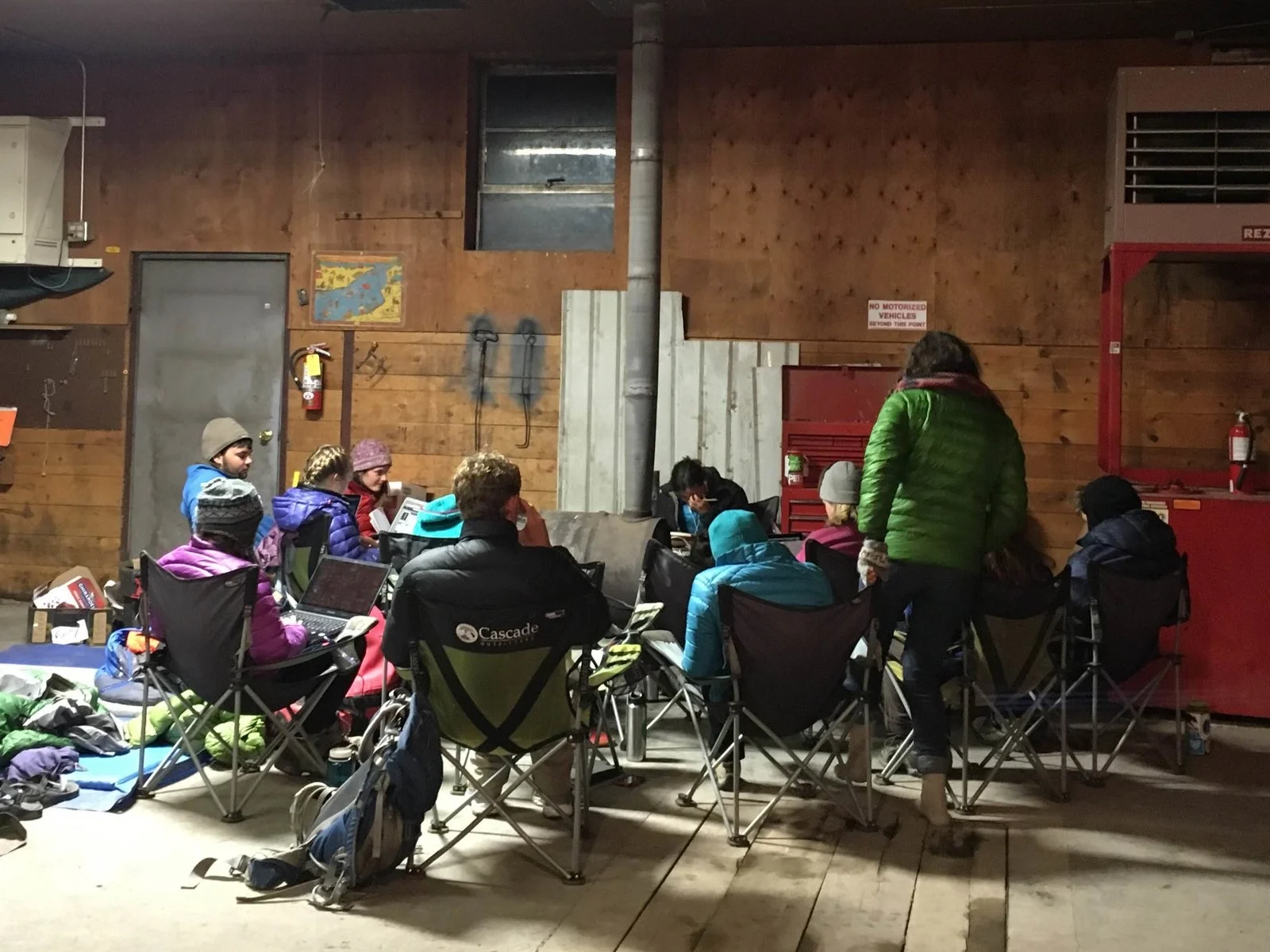We met Mary O’Brien at a small park on a bright Sunday afternoon in Richfield, Utah. A renowned ecologist working for the Grand Canyon Trust, Mary has degrees in sociology, elementary education, and a Ph.D. in botany. Mary and her husband have lived and worked in a number of places from Southern California to Eugene, Oregon, finally settling in Castle Valley, Utah. Mary has a storied career in toxics policy, social work, and was even considered for the directorship of Greenpeace. Small rocks, fossils, and bones cover the space not taken by stacks of papers, maps, and botany books in her charming mud-covered hay-bale construction home fronted by large windows facing south. Whether on the aspen-covered slopes of Monroe Mountain or the Gambel Oak foothills of the La Sal range, Mary’s enduring passion for science-based conservation and advocacy comes to the forefront in conversations about public lands grazing and the importance of protecting springs on national forests. Mary’s unstoppable drive comes from her perspective that it is “harder to watch things fall apart than trying to do something about it.” For over thirteen years with the Trust, Mary has been effecting conservation through tireless field work and persistence with federal land management agencies. Through two weeks of performing aspen transects and forest service spring assessments, Mary’s ecological knowledge impressed and inspired. As for being a career scientist, for Mary, “it doesn’t get better than being paid to tell the truth.”
By: Gardner Dee
























